Speak to one of our experts now about this offer
Call our Africa experts on0800 294 9706
Available until open until 8pm
Best of Botswana & Victoria Falls
This fly-in safari is the perfect introduction to the wildlife and natural beauty of Botswana.

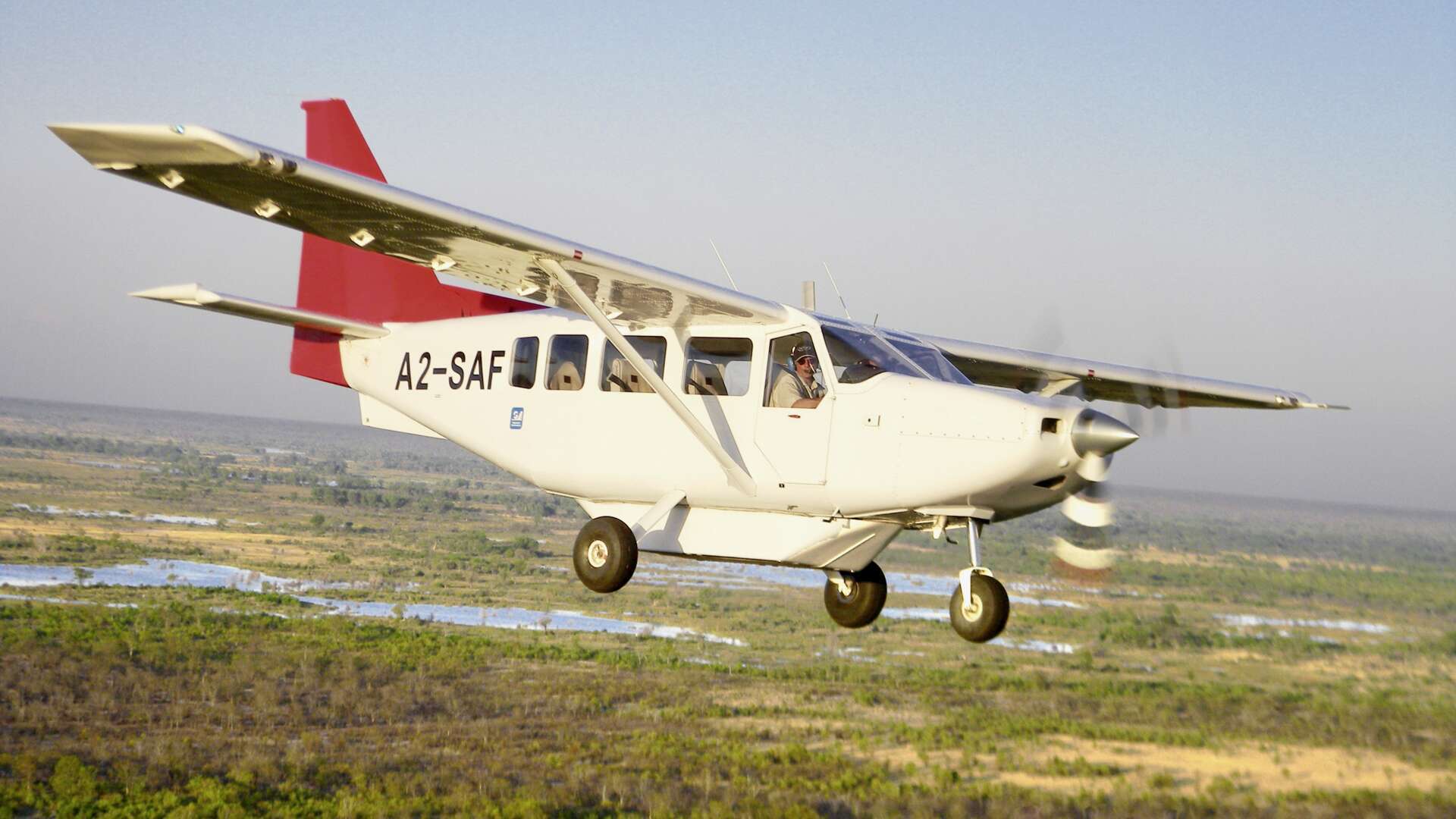
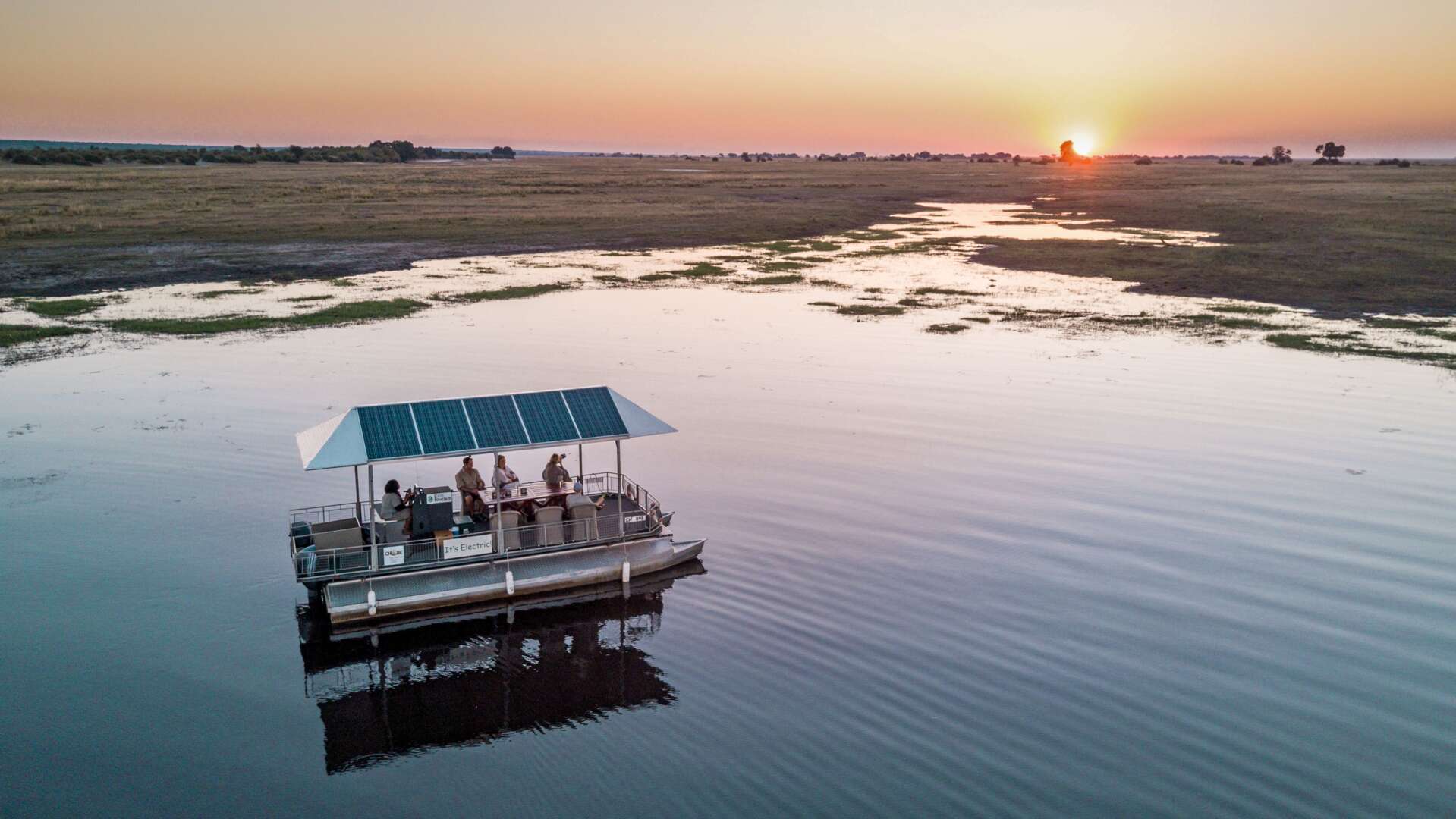
There’s a distinct feel of exclusivity throughout, with intimate lodges, small planes and fantastic game-viewing experiences. Then visit the thundering Victoria Falls.
£6,925 - £10,440pp including international flights
Itinerary overview
Highlights of trip
Day 1
Arrival in Okavango Delta
Fly from Maun into the Okavango Delta on a small plane to begin your adventures in this extraordinary landscape, set in the Kalahari Desert. A UNESCO World Heritage Site, this network of lagoons, channels and islands is considered one of the world’s greatest wildlife destinations for good reason, with more than 160 species of mammal and 530 species of bird residing here. See it all from above before touching down at Camp Okavango, located in the heart of the delta overlooking the floodplains. Overnight at Camp Okavango.
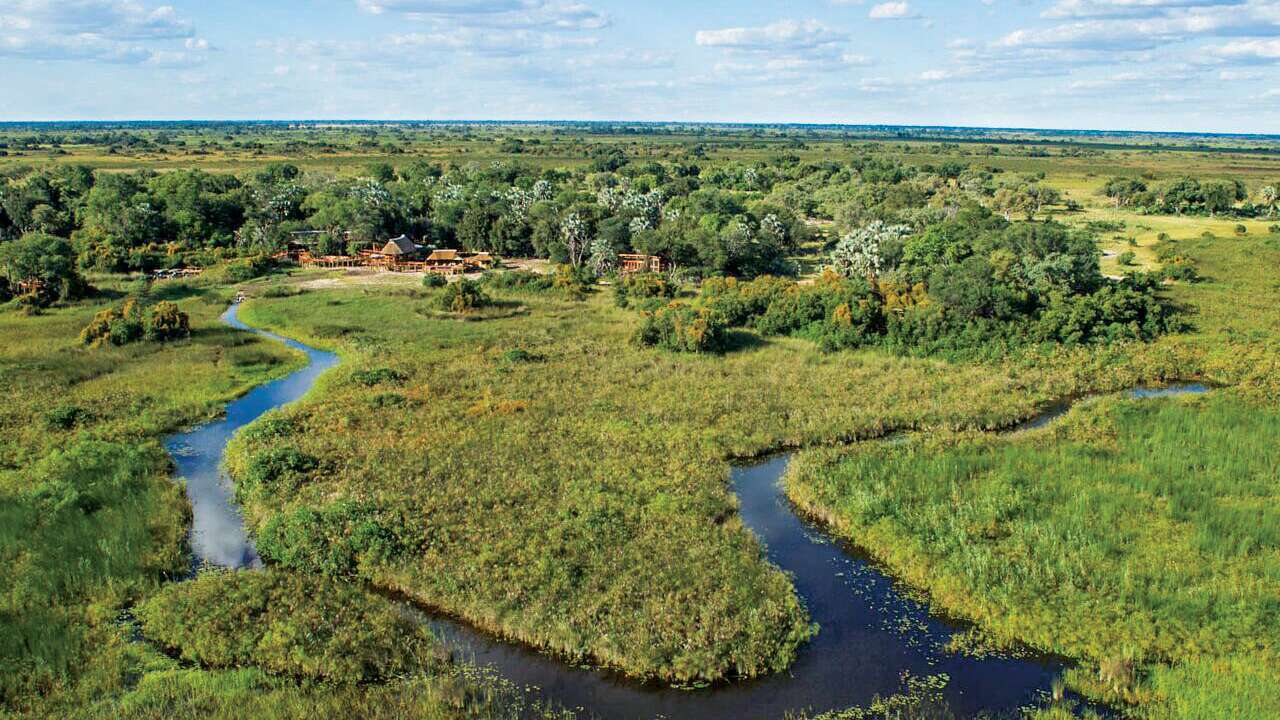

Recommended Hotels
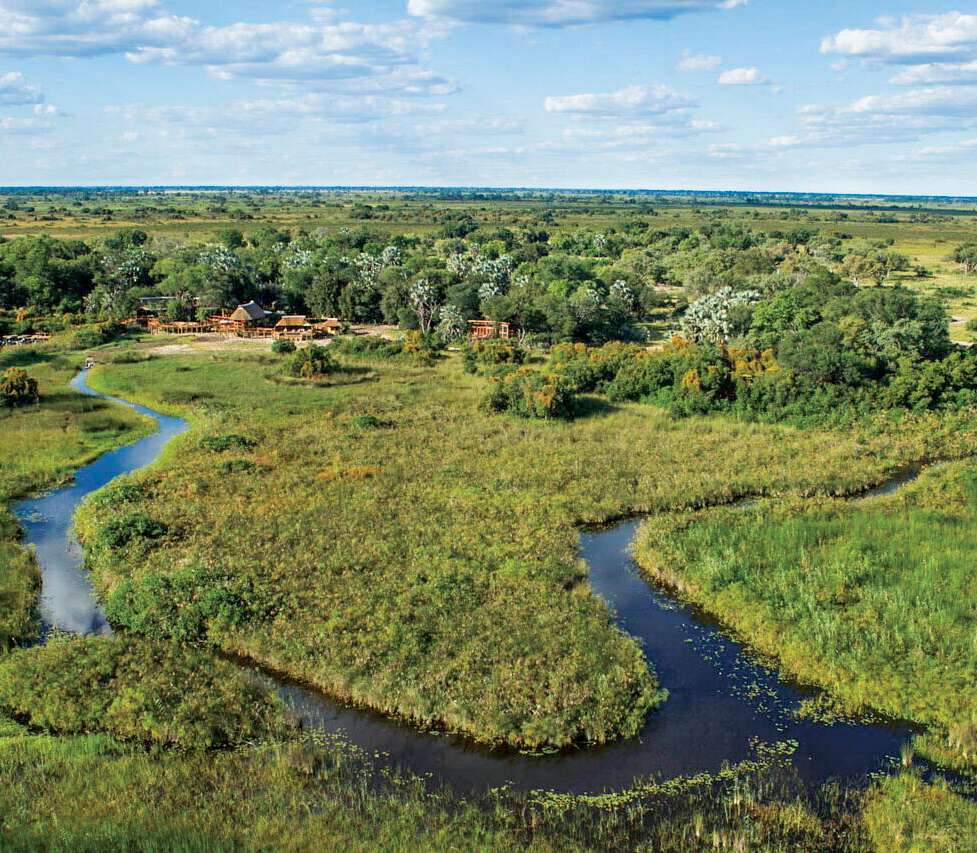
Camp Okavango
Providing year-round access to the Okavango Delta, hear hippos graze beneath your suite at Camp Okavango.

Xugana Island Lodge
Discover a remarkable water camp of thatched roofs and reed set amongst a wild world of eagle owls and hippos.
Day 2
Okavango Delta
Set your alarm early this morning for an action-packed day in the delta. After an early breakfast, choose to head out on a motorboat to a nearby island for a guided walking safari. Keep an eye out for lions, elephants, buffalo, giraffes and zebras, or even the occasional leopard – this is a paradise for wildlife-lovers. Head back to the lodge for brunch before paddling out on a mokoro (a traditional wooden canoe) in the afternoon. You’ll be poled through the waterways by a guide, passing hippos, crocodiles and colourful birds, before stopping for sundowners in a remote spot as the sun sinks over the horizon. Overnight at Camp Okavango.
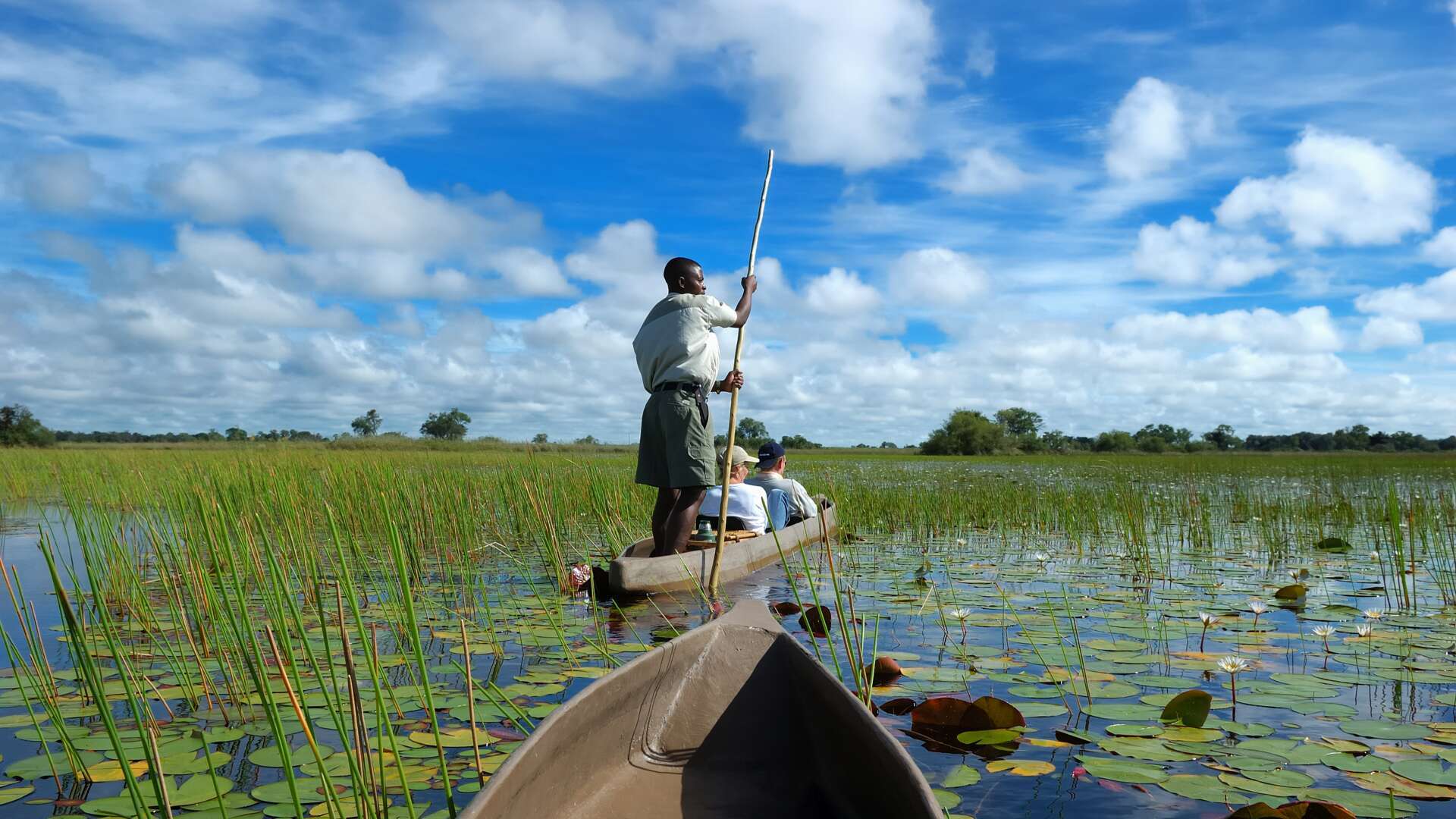
Things to do
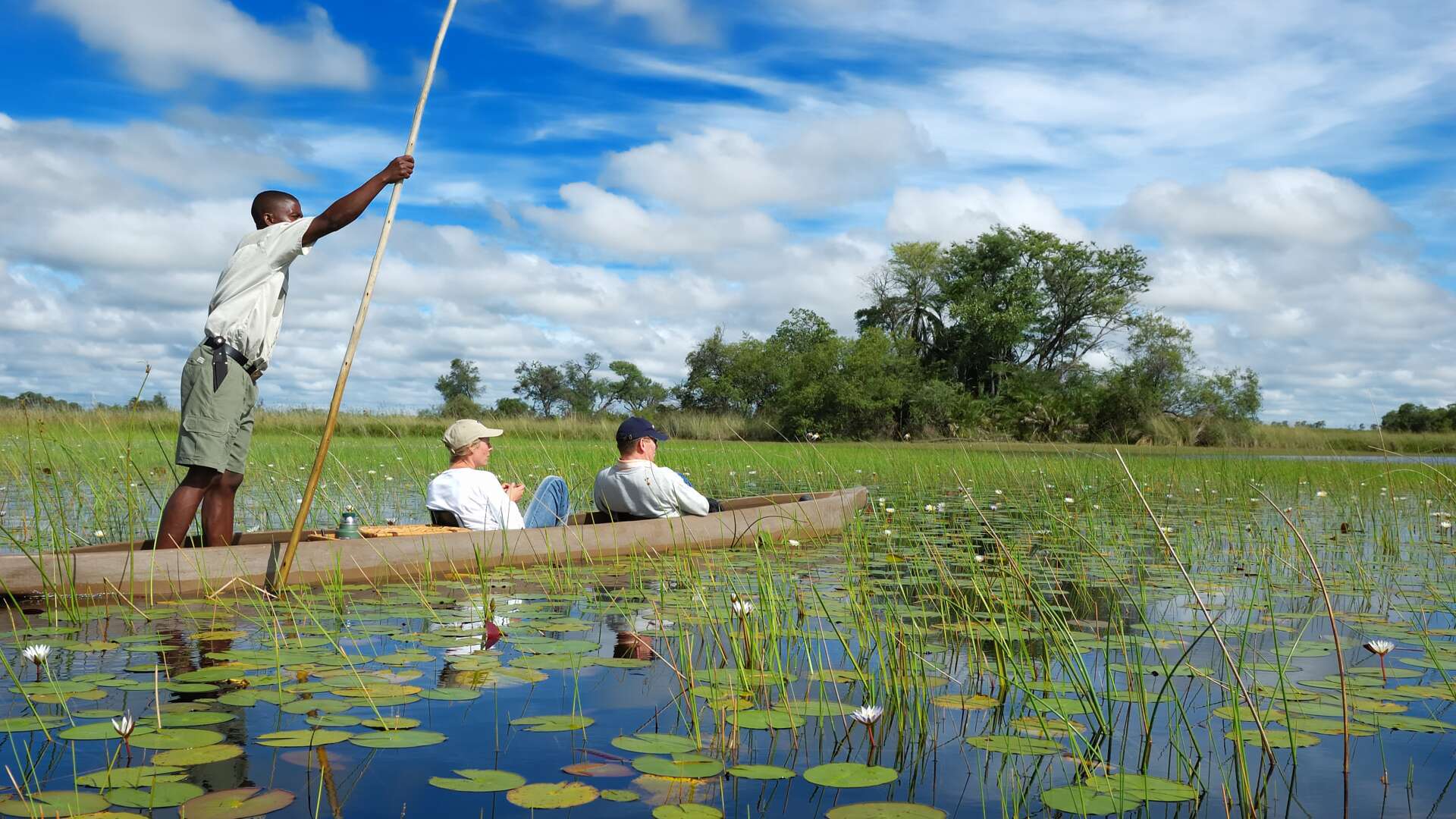

Recommended Hotel

Camp Okavango
Providing year-round access to the Okavango Delta, hear hippos graze beneath your suite at Camp Okavango.
Day 3
Okavango Delta
Spend another day exploring the many waterways of the delta on foot or by mokoro, or take it easy at the camp, relaxing by the pool or wildlife-watching from the hide. If you’re in the mood for adventure, take to the skies on an optional helicopter flight with a difference – there are no doors! If you’re still feeling daring, choose to sleep under the stars at the lodge’s sleepout deck, located a 10-minute drive away. Overnight at Camp Okavango.

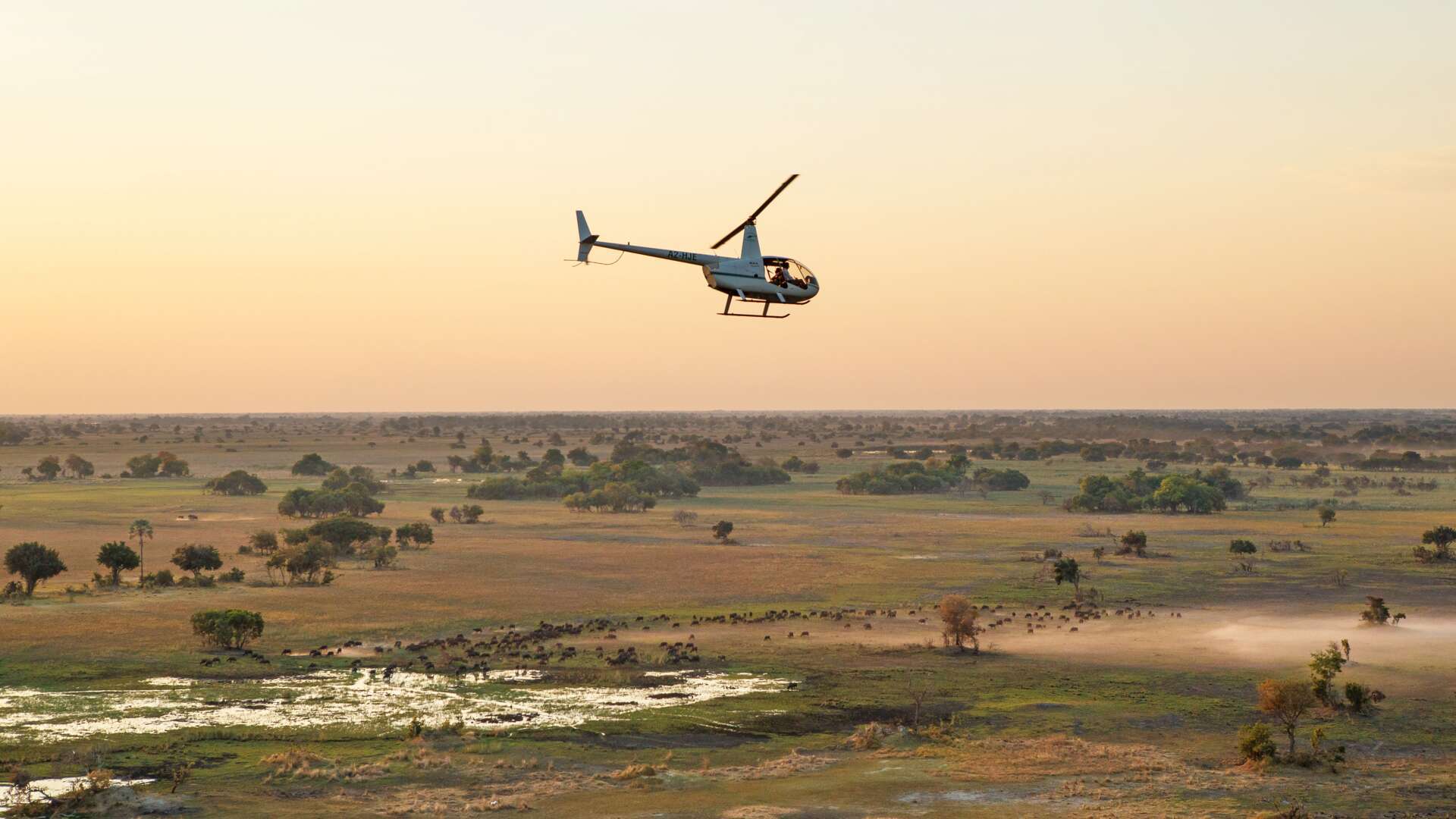
Recommended Hotel

Camp Okavango
Providing year-round access to the Okavango Delta, hear hippos graze beneath your suite at Camp Okavango.
Day 4
Okavango Delta & Moremi Game Reserve
Fly from Camp Okavango to the Moremi Game Reserve today, taking in more birds-eye views of the landscapes as you travel to another part of the delta. The reserve is known for its impressive diversity, with deep waterways and floodplains meeting open savannah and Mopane forests. Settle in at Camp Moremi, located on the edge of the forest, and relax by the pool or choose to head out on a game drive if time allows. Overnight at Camp Moremi.
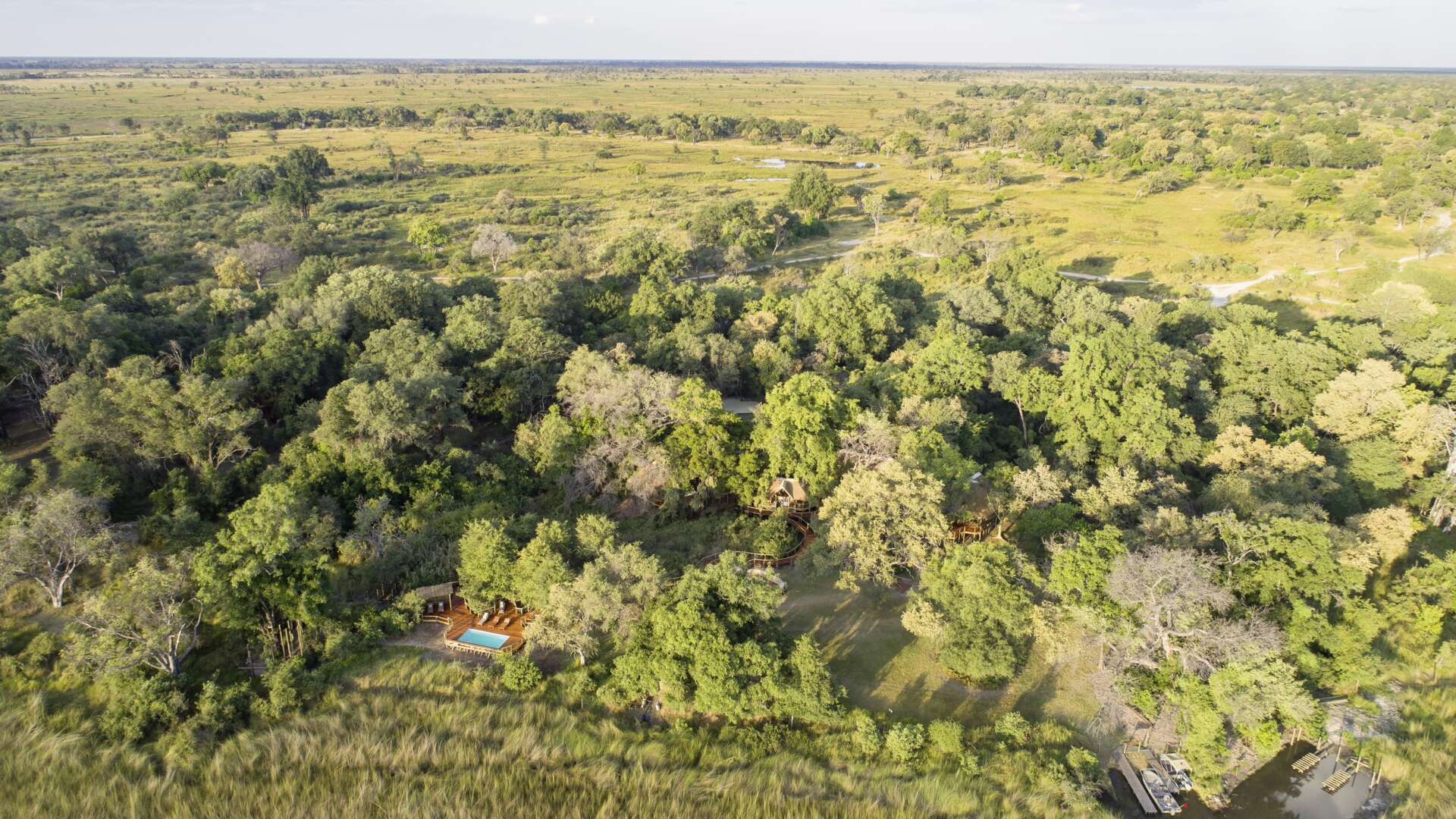
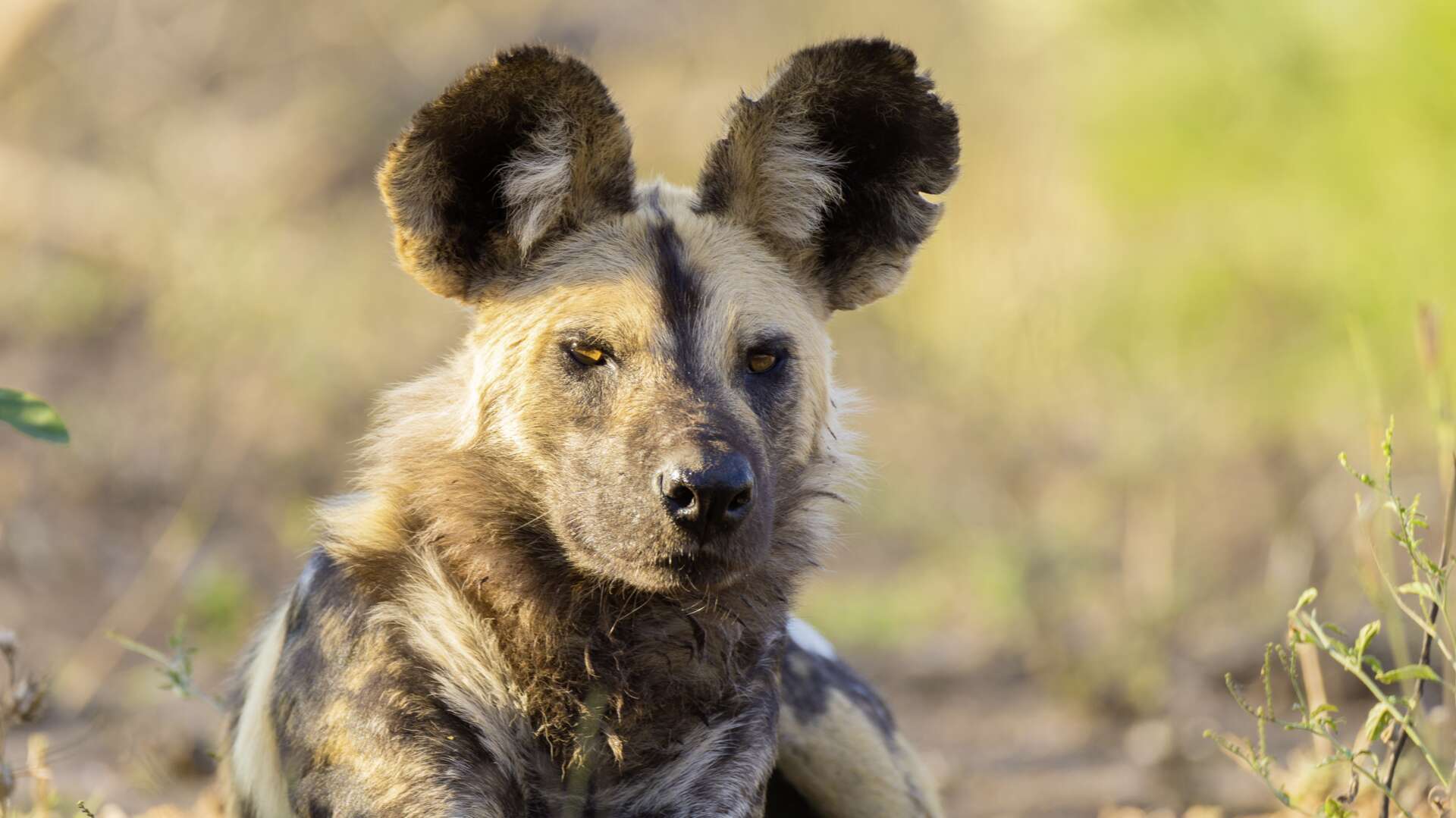
Recommended Hotels
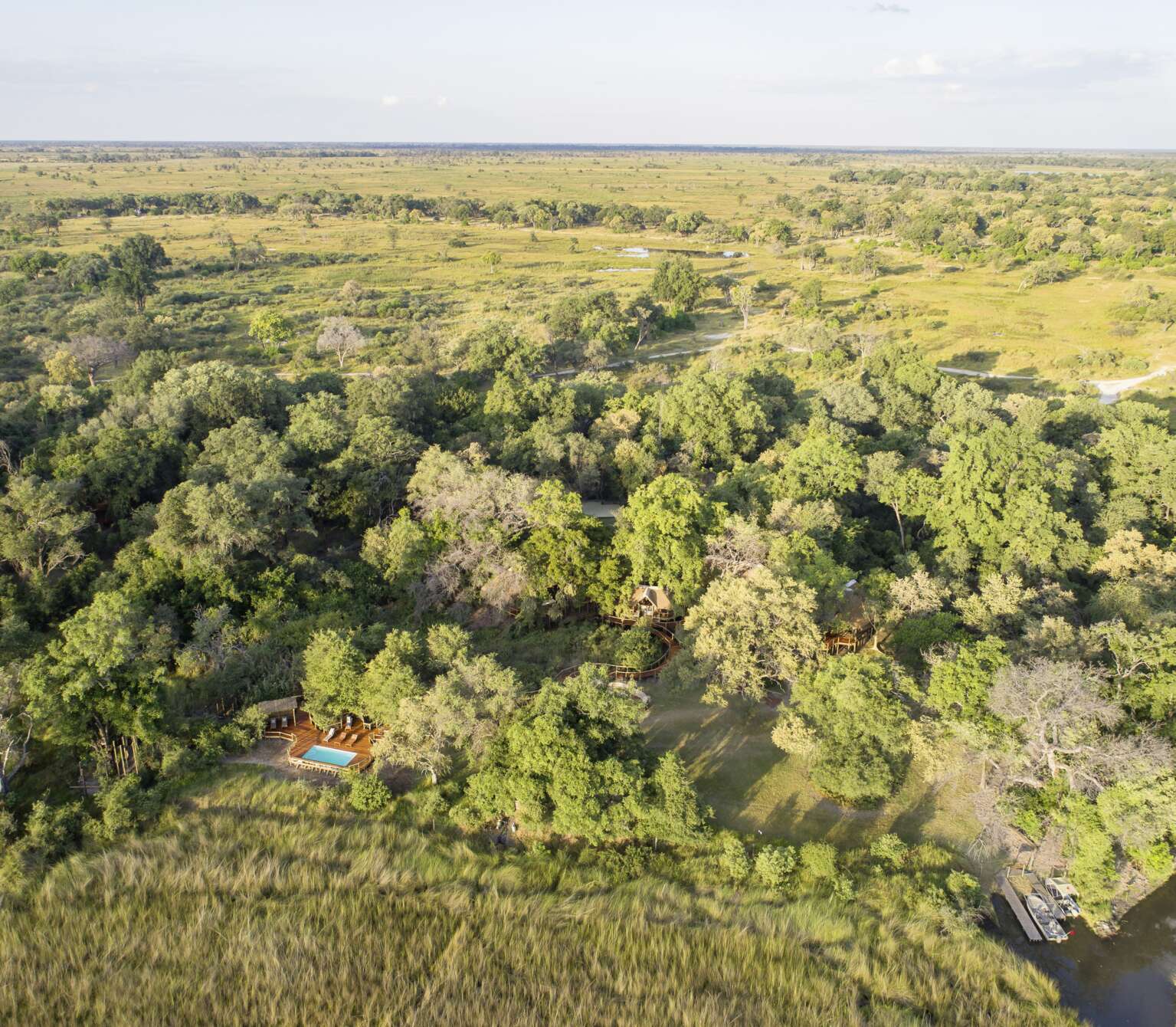

Camp Xakanaxa
Overlooking the banks of the Khwai River on the Xakanaxa Lagoon, this tented safari camp provides an authentic safari experience.
Day 5
Moremi Game Reserve
Venture out on a game drive this morning with chances to spot several rare species, including the endangered wild dog, the swamp-dwelling sitatunga antelope and the red-coated lechwe. Lions, cheetahs, leopards, wildebeest, giraffes, zebras and impalas all call the area home too, so keep your eyes peeled for some exceptional game viewing. In the afternoon, opt for a second game drive or take to the water on a motorboat cruise to see it all from another perspective. Overnight at Camp Moremi.
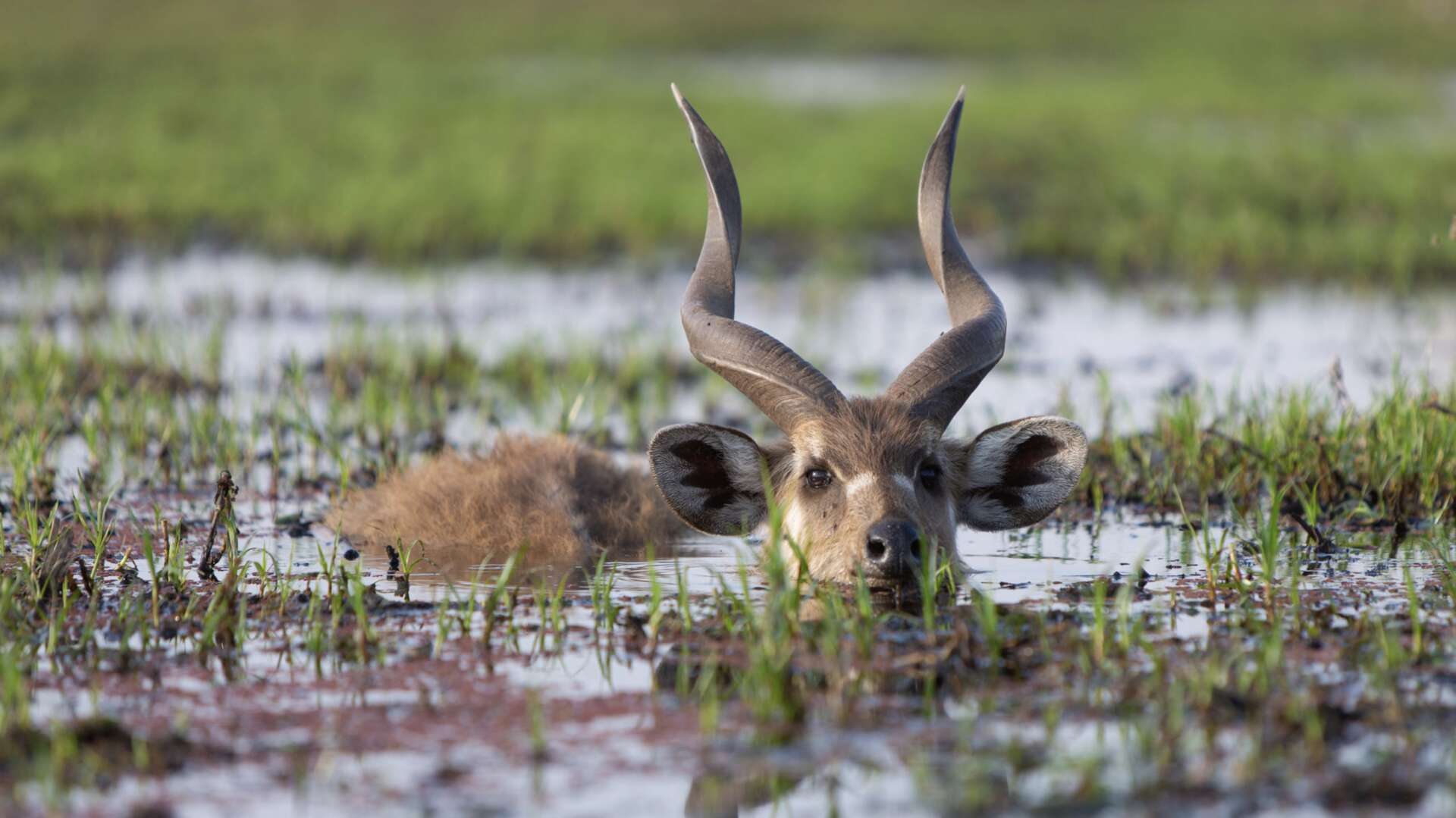
Recommended Hotel

Day 6
Moremi Game Reserve & Chobe National Park
Wave goodbye to the Okavango Delta today as you fly to Chobe National Park. Cut through by the Chobe River, this is home to Africa’s highest population of elephants with more than 120,000 roaming the plains alongside lions, giraffes, leopards, buffalo, lechwe antelopes and more. This afternoon you’ll get the chance to seek them out on a game drive. Alternatively, take to the water on a pontoon to see hippos, crocodiles, baboons and African fish eagles on the riverbank. Overnight at Chobe Game Lodge.
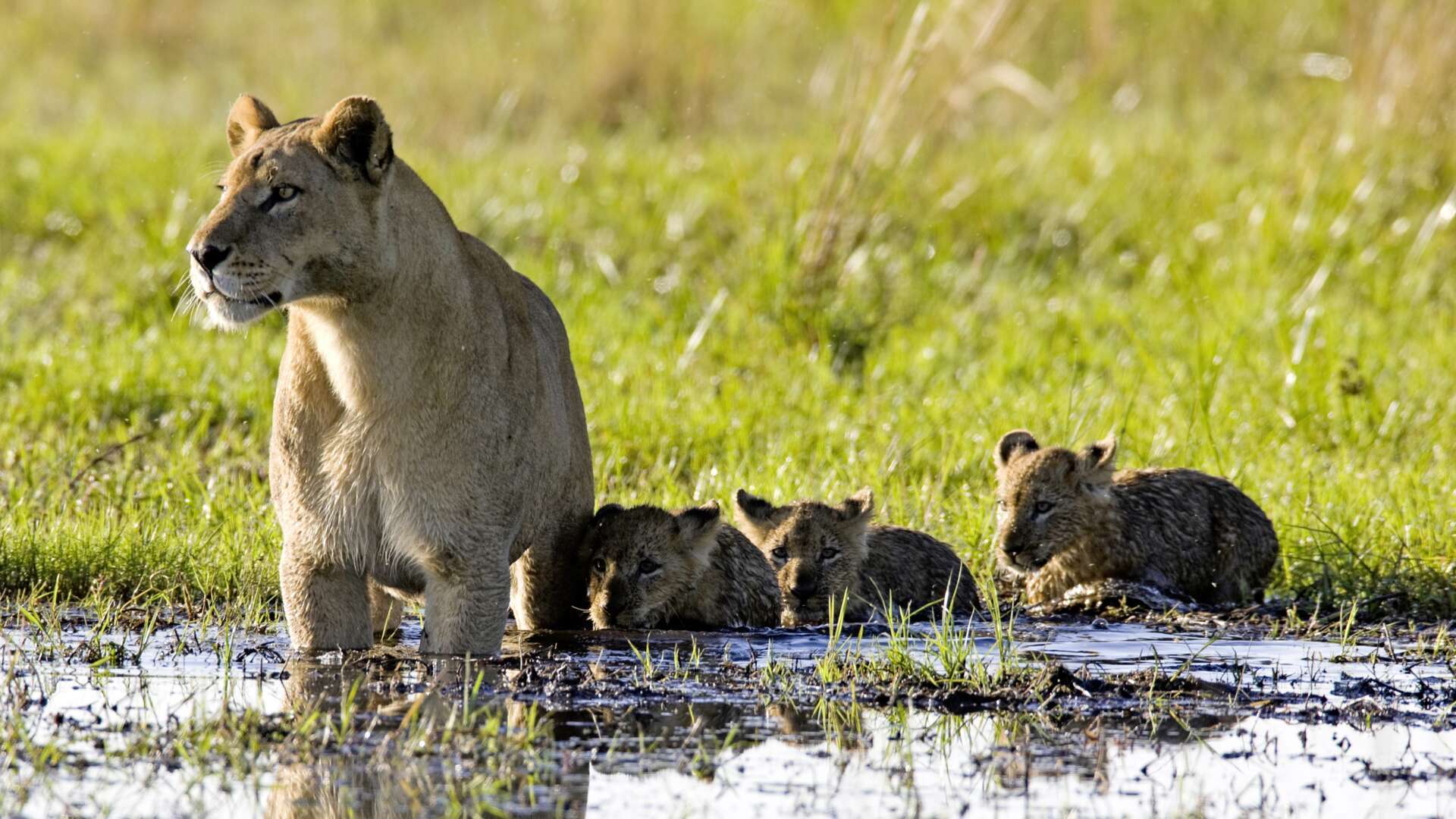
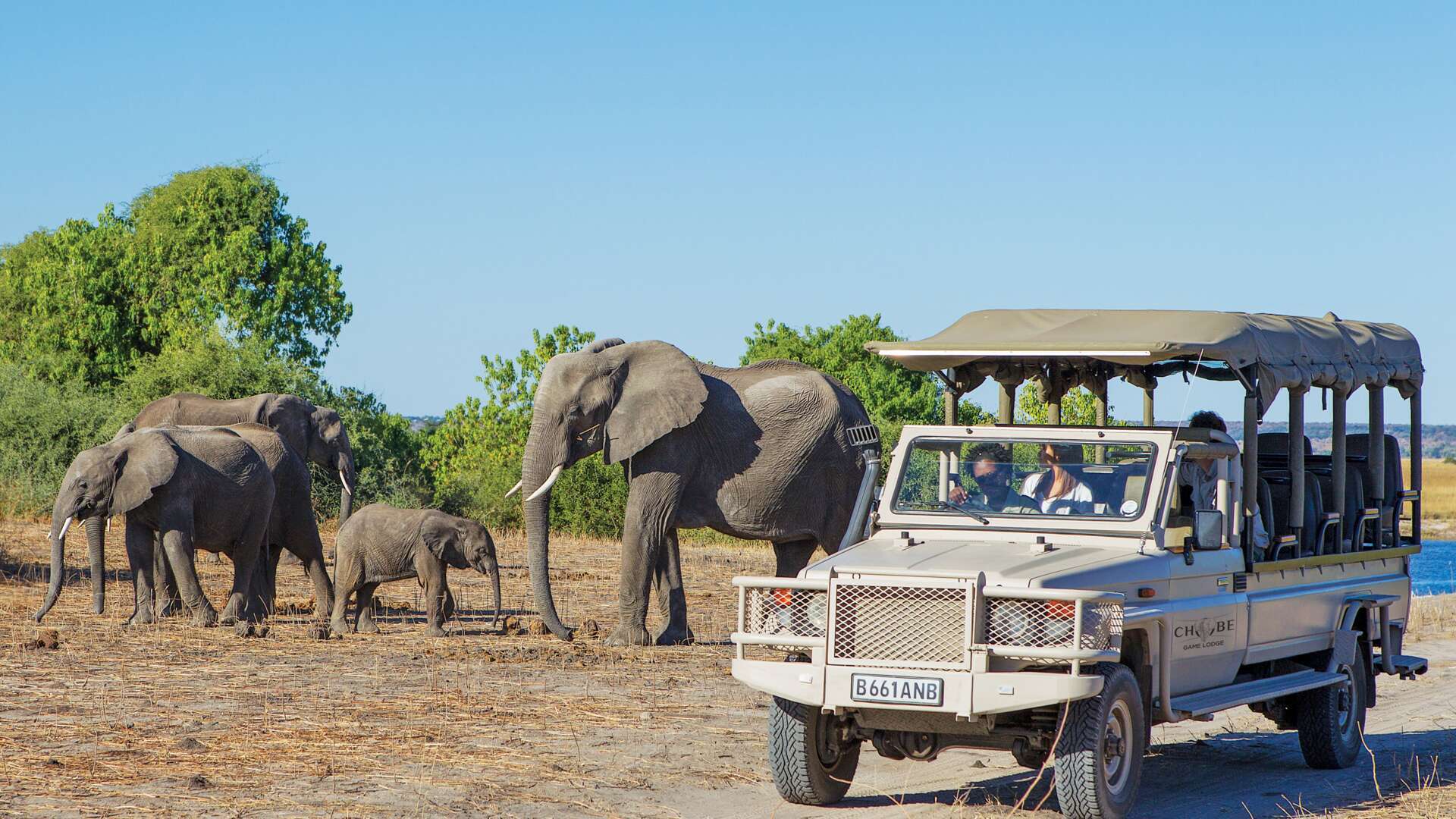
Recommended Hotel
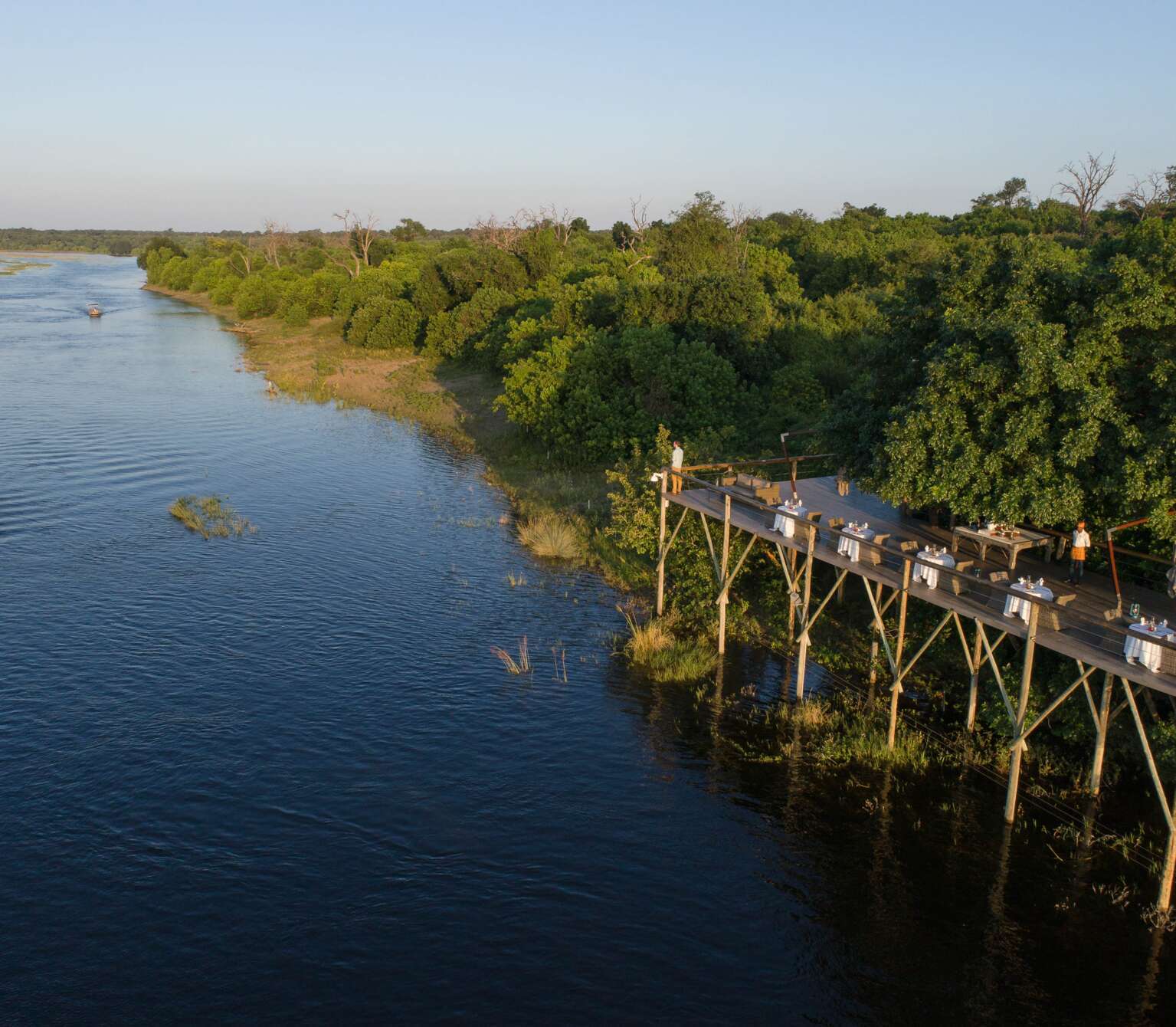
Chobe Game Lodge
Sat beside the meandering Chobe River where herds of elephant and impala come to drink, the setting of this spectacular lodge is unparalleled.
Day 7
Chobe National Park
Continue your wildlife adventures today with an optional morning game drive. Chobe Game Lodge is the only camp to be set within the national park, so you’ll have exclusive, early-hours access. Choose another riverboat safari in the afternoon or take a behind-the-scenes eco-tour of the lodge. During the tour you’ll learn all about the camp’s conservation efforts, which include glass-crushing, grey water recycling and Africa’s first fleet of electric safari vehicles. Overnight at Chobe Game Lodge.

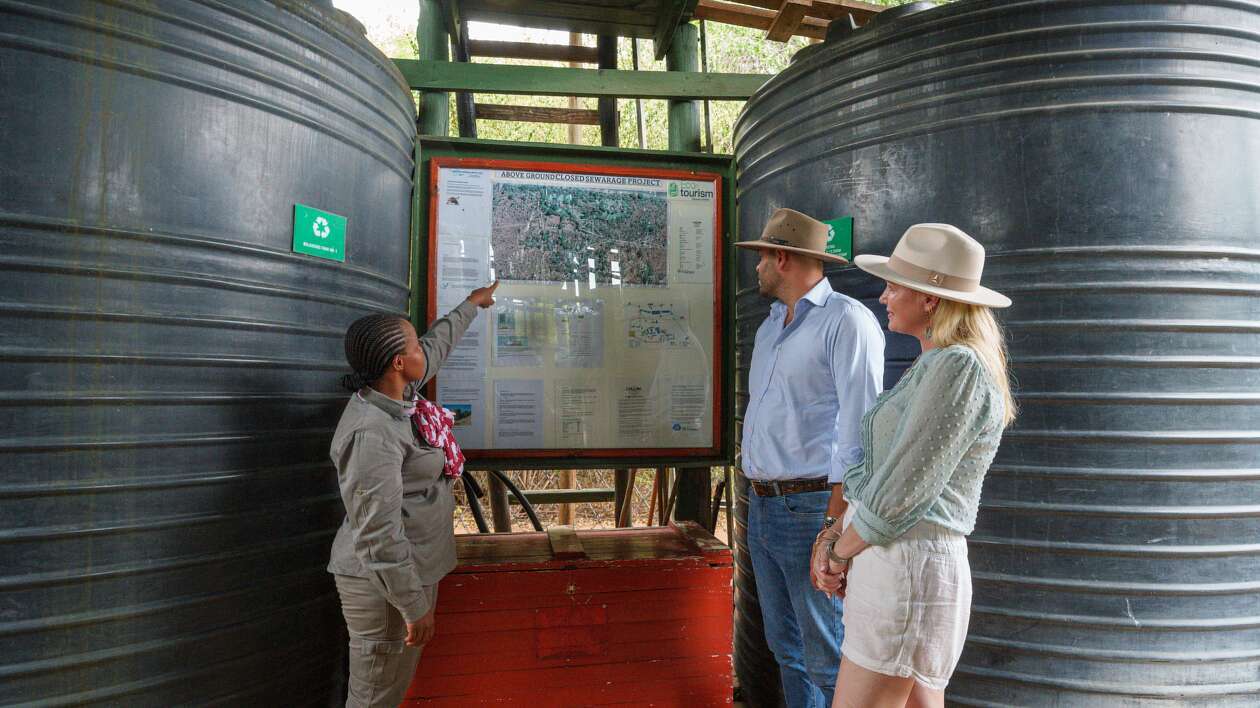
Recommended Hotel

Chobe Game Lodge
Sat beside the meandering Chobe River where herds of elephant and impala come to drink, the setting of this spectacular lodge is unparalleled.
Day 8
Chobe National Park
Make the most of your final day in the park with another game drive and safari adventure or perhaps unwind with a spa treatment as you take in the picturesque river views. Overnight at Chobe Game Lodge.

Recommended Hotel

Chobe Game Lodge
Sat beside the meandering Chobe River where herds of elephant and impala come to drink, the setting of this spectacular lodge is unparalleled.
Day 9
Chobe National Park & Victoria Falls
Cross the border into Zimbabwe today for the final star of the show – Victoria Falls. Often cited as one of the world’s Seven Natural Wonders, this is the largest sheet of falling water on the planet, stretching over 1,700m. You’ll be taken on a walking tour to see its five main viewpoints, passing through rainforest as you watch 700,000 cubic metres of water plummet down at Main Falls. For an extra-memorable experience, choose to glide over the spectacle in a helicopter to see its billowing mist and zigzagging gorges from above. Overnight at Ilala Lodge.
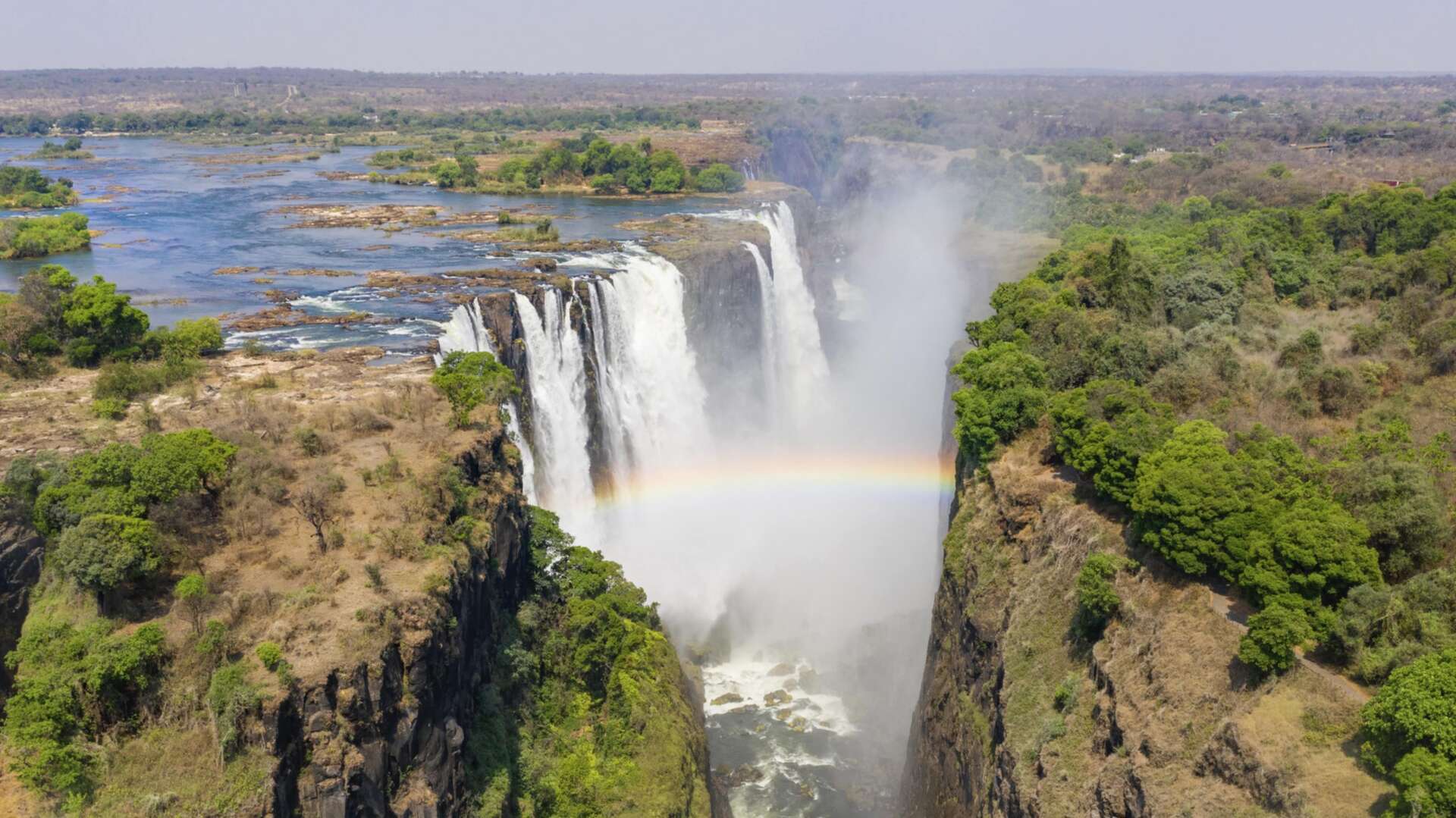
Things to do
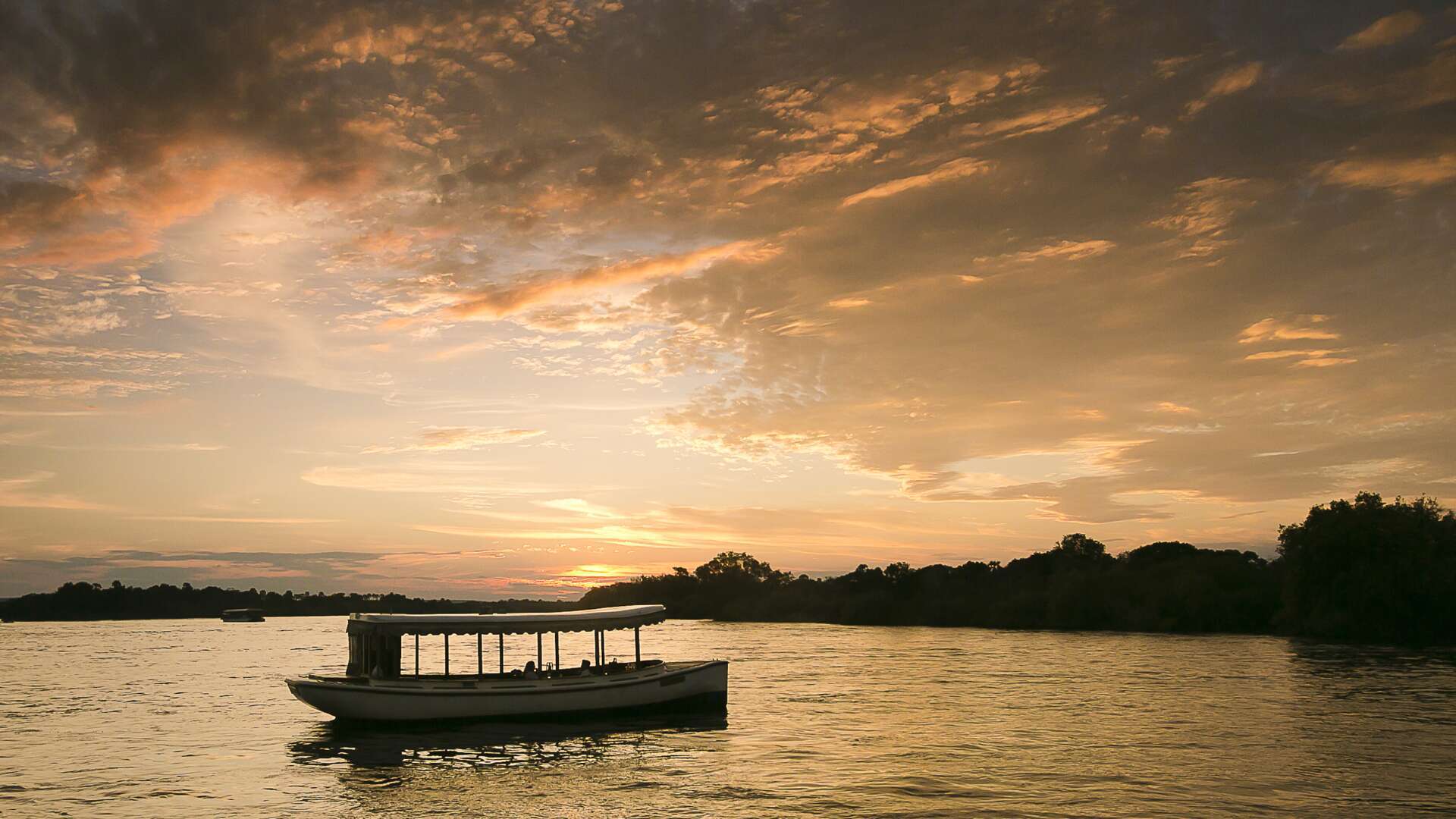
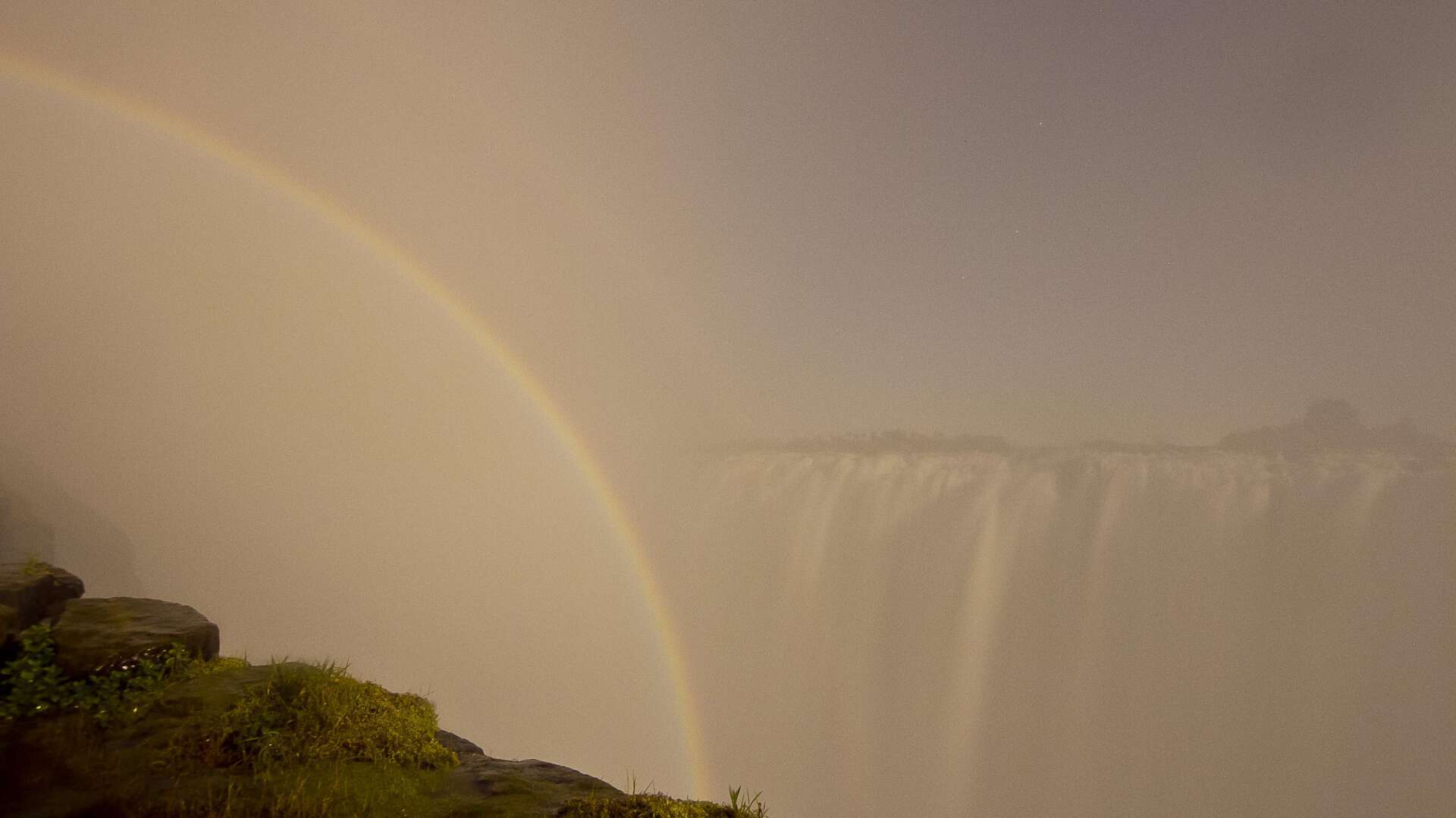
Recommended Hotels

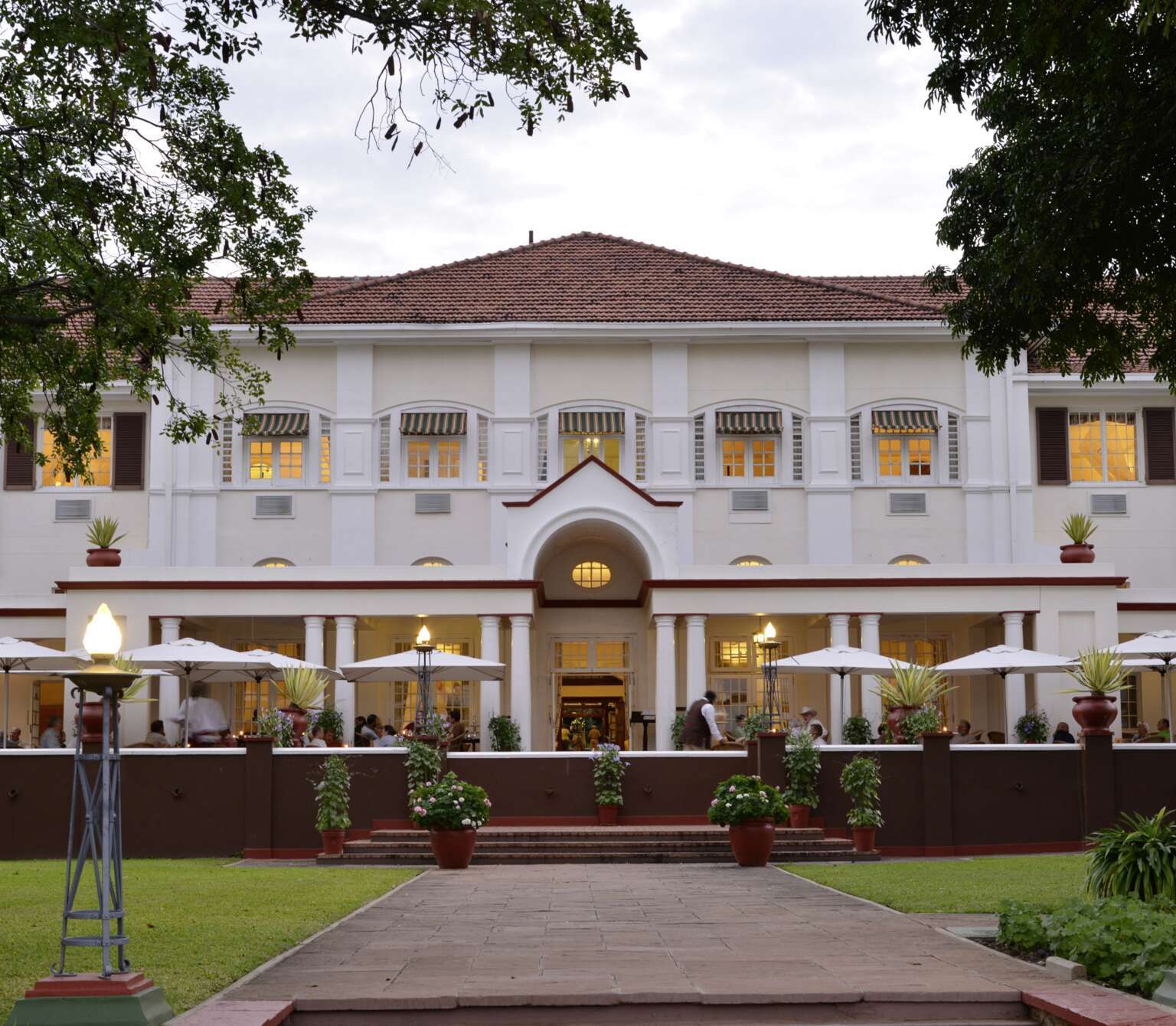
The Victoria Falls Hotel
A heritage property, rich with colonial charm within walking distance of Victoria Falls.
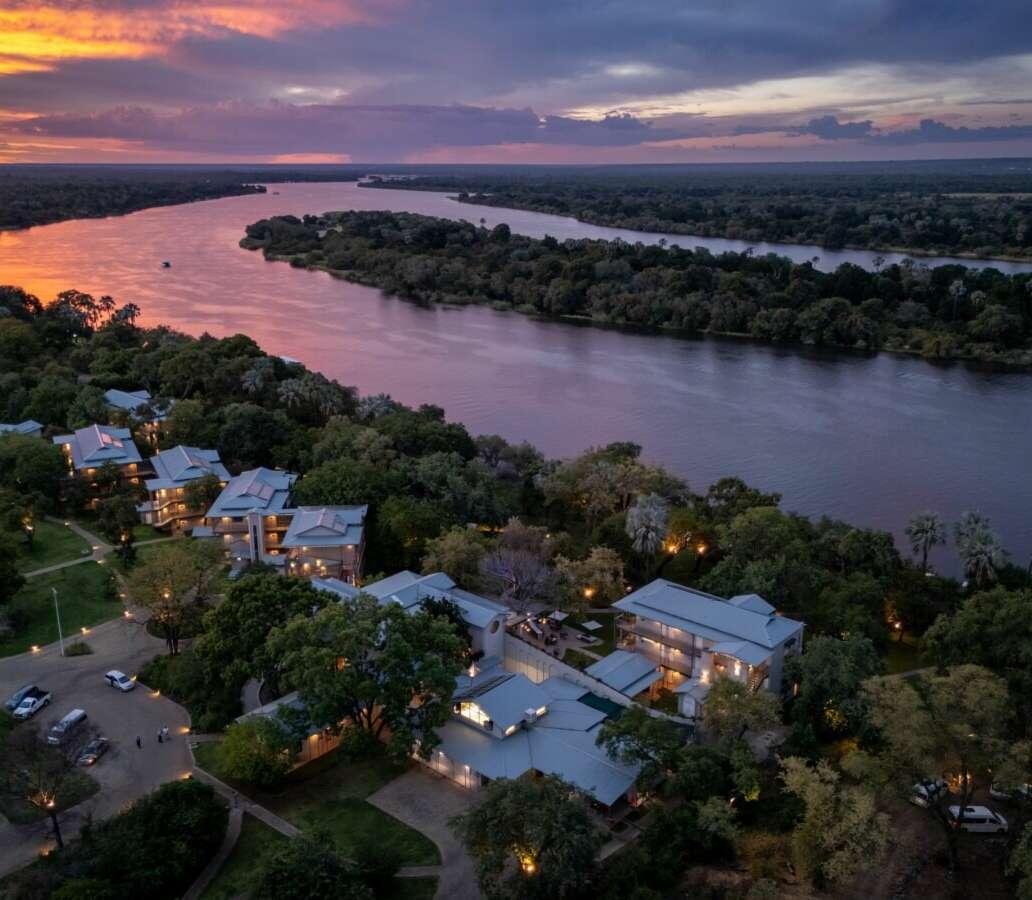
Palm River Hotel
Palm River Hotel offers the best of both worlds, a picturesque setting on the banks of the Zambezi yet just a few kilometres from Victoria Falls and town.
Day 10
Victoria Falls
Spend another day amid the thunder of the falls and opt for an extra excursion if you’re feeling adventurous. You might decide to raft your way down the rapids, zipline above the falls or soar over the Zambezi on the Gorge Swing. Alternatively, relax at the lodge with views of the falls in the distance and keep an eye out for warthogs, hippos and elephants grazing below. Overnight at Ilala Lodge.
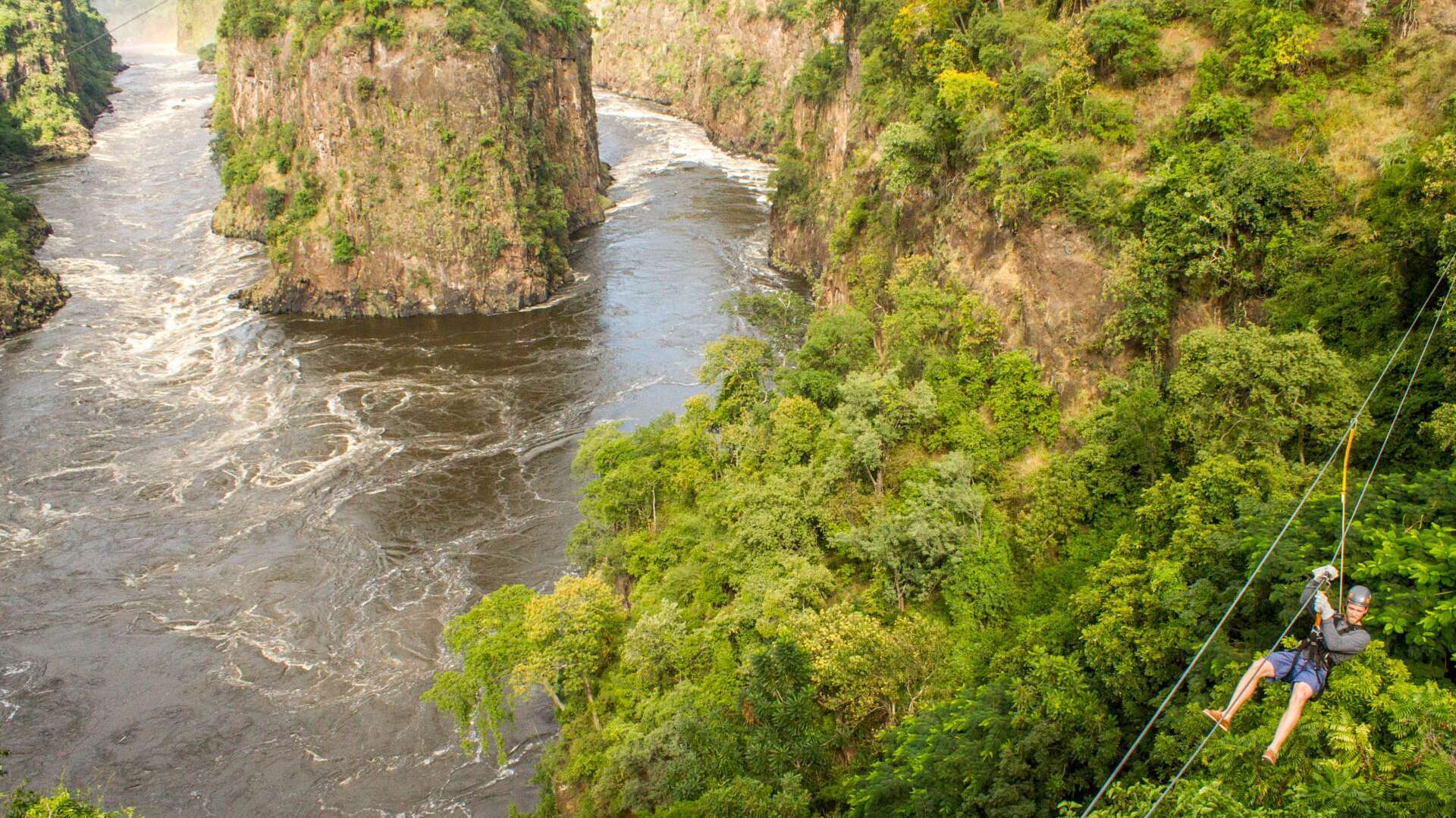
Things to do
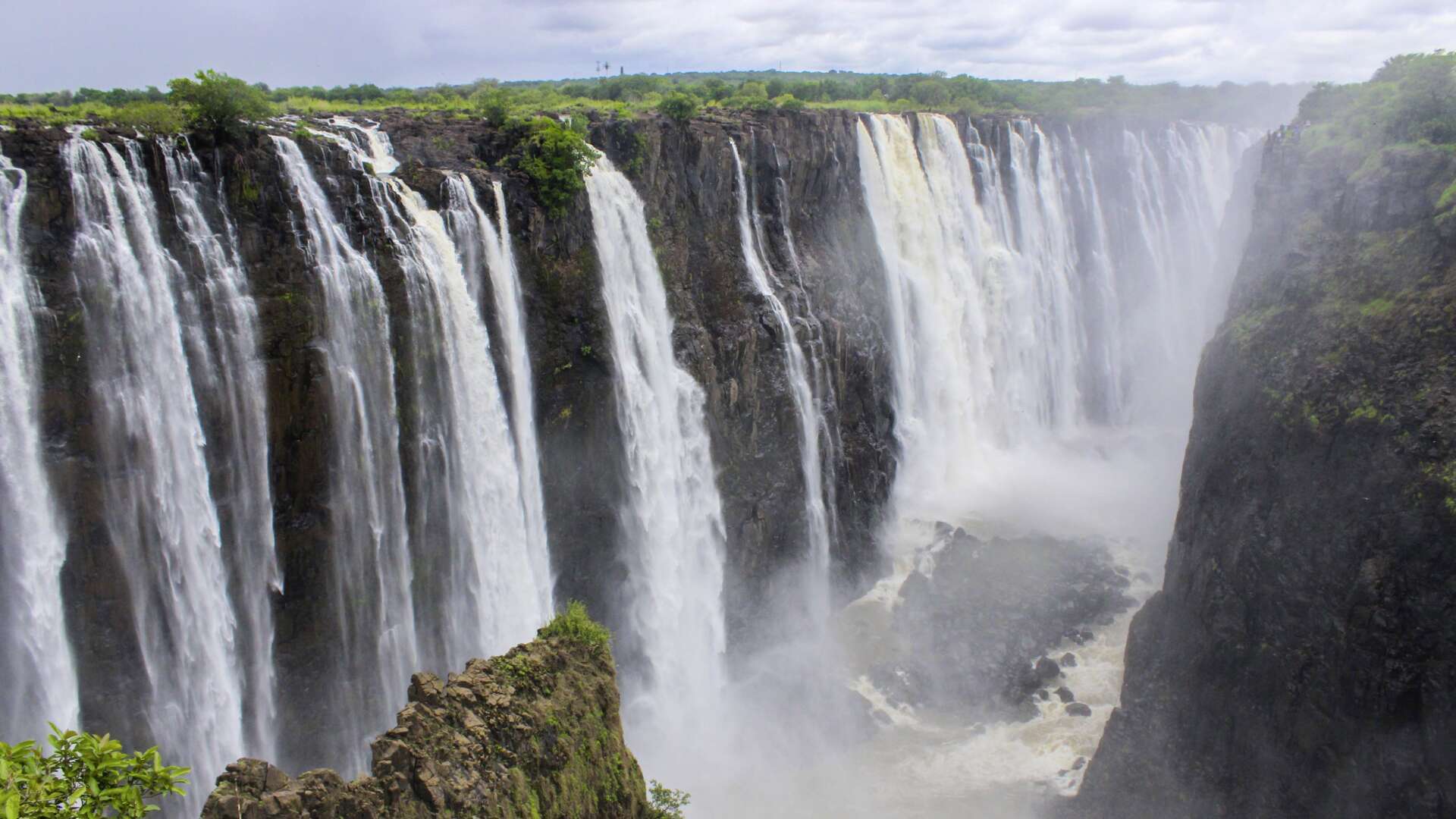
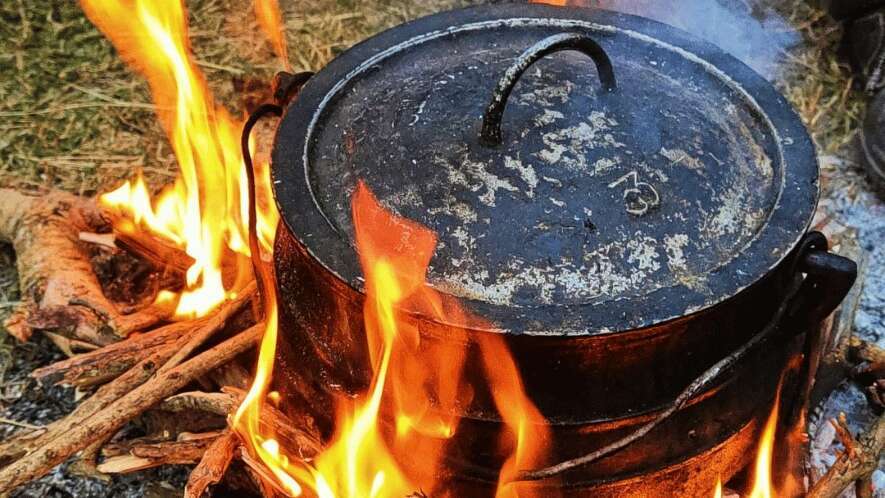

Recommended Hotel

Day 11
Victoria Falls & Departure
The tour ends today – transfer to Victoria Falls Airport this morning for your flight home or onward travel.
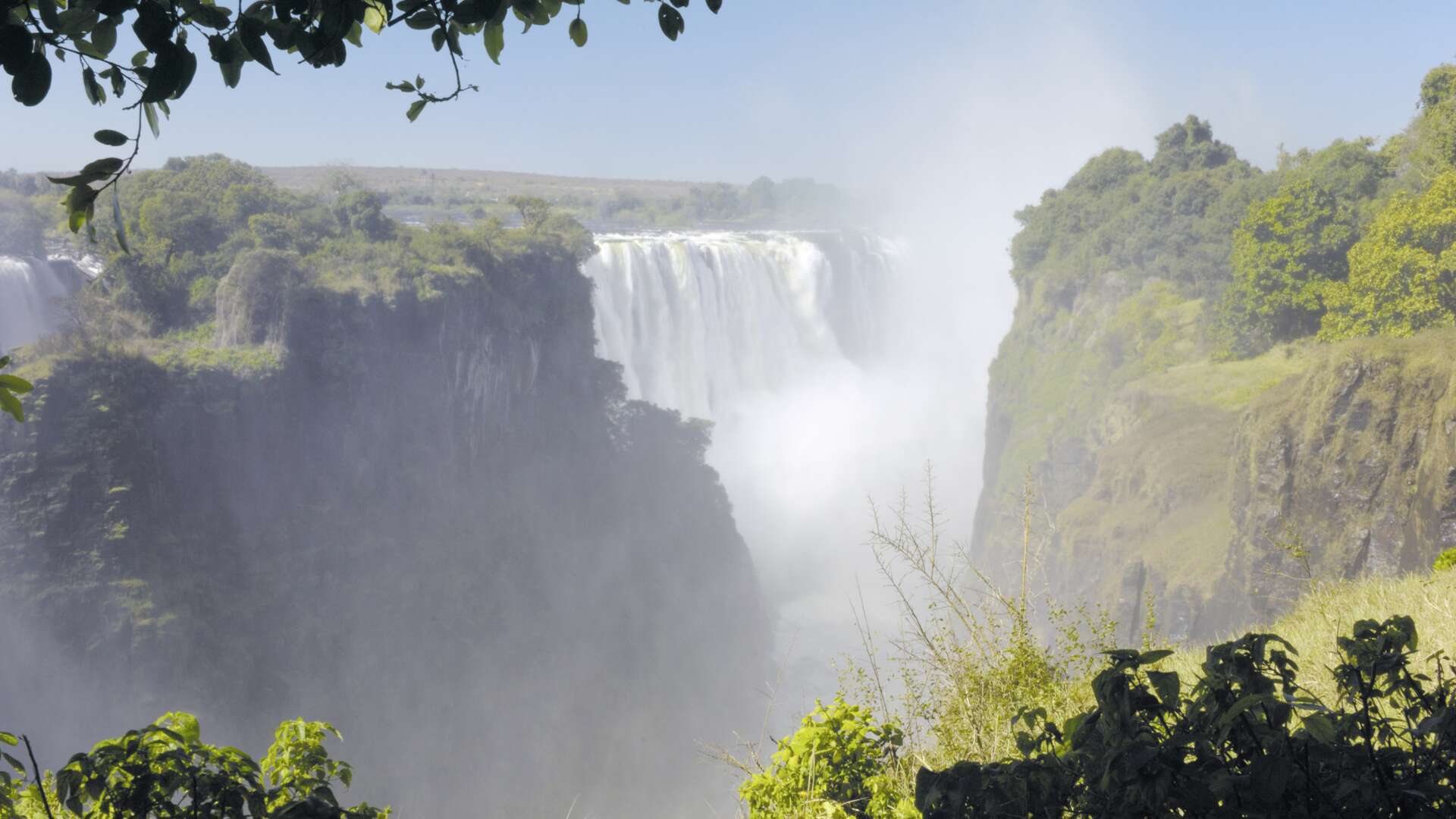
Guide price information
Low Season
01 Jan - 31 Mar
£6,925
Mid Season
01 Apr - 30 Apr, 01 Nov - 31 Dec
£8,575
High Season
01 May - 31 Oct
£10,275
Guide price information is based on the included flights from London, accommodation, transport and experiences detailed in the itinerary above. Guide prices do not include optional things to do. Unless specified guide prices are based on 2025 departures. Call us for up to date prices – the cost of your holiday depends upon the time of year you travel, how long you go for, preferred departure airport, airlines, hotels and things to do. Based on 2 people sharing.

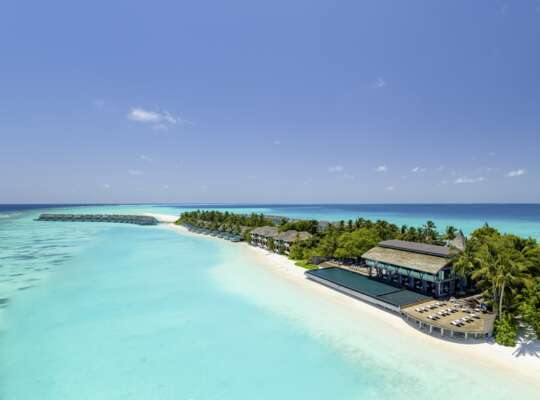
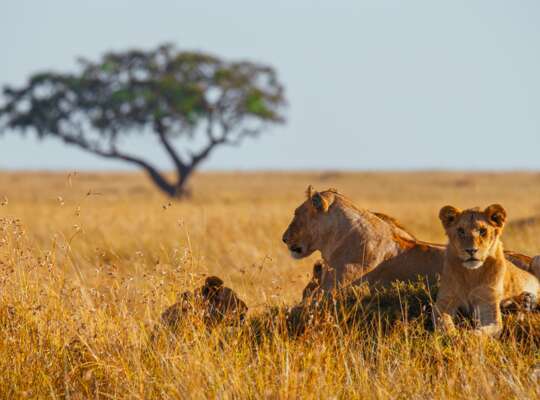
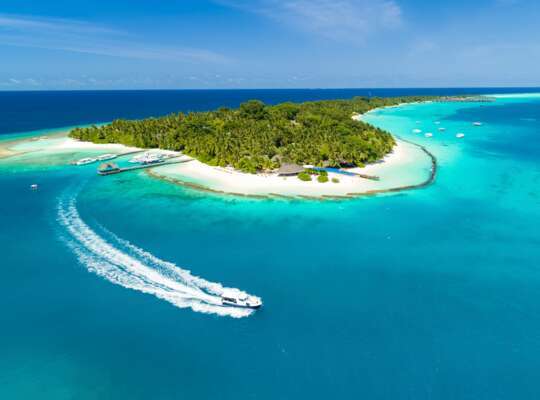
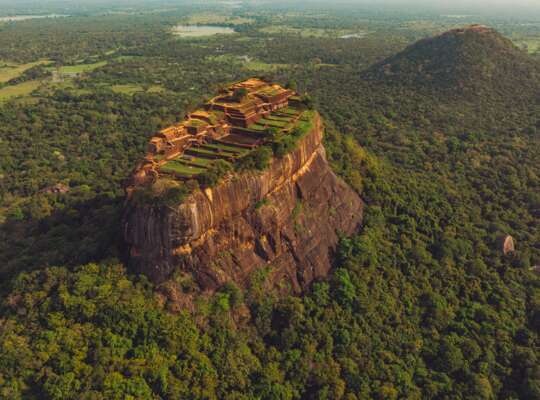
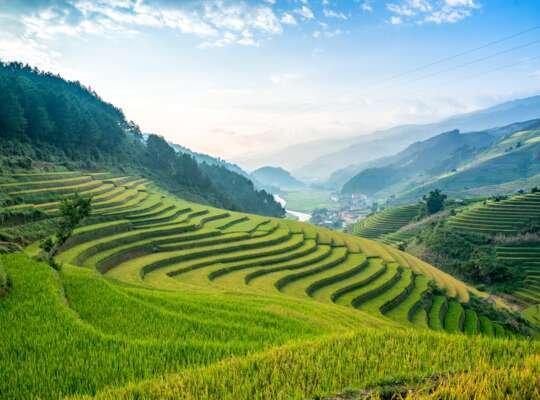

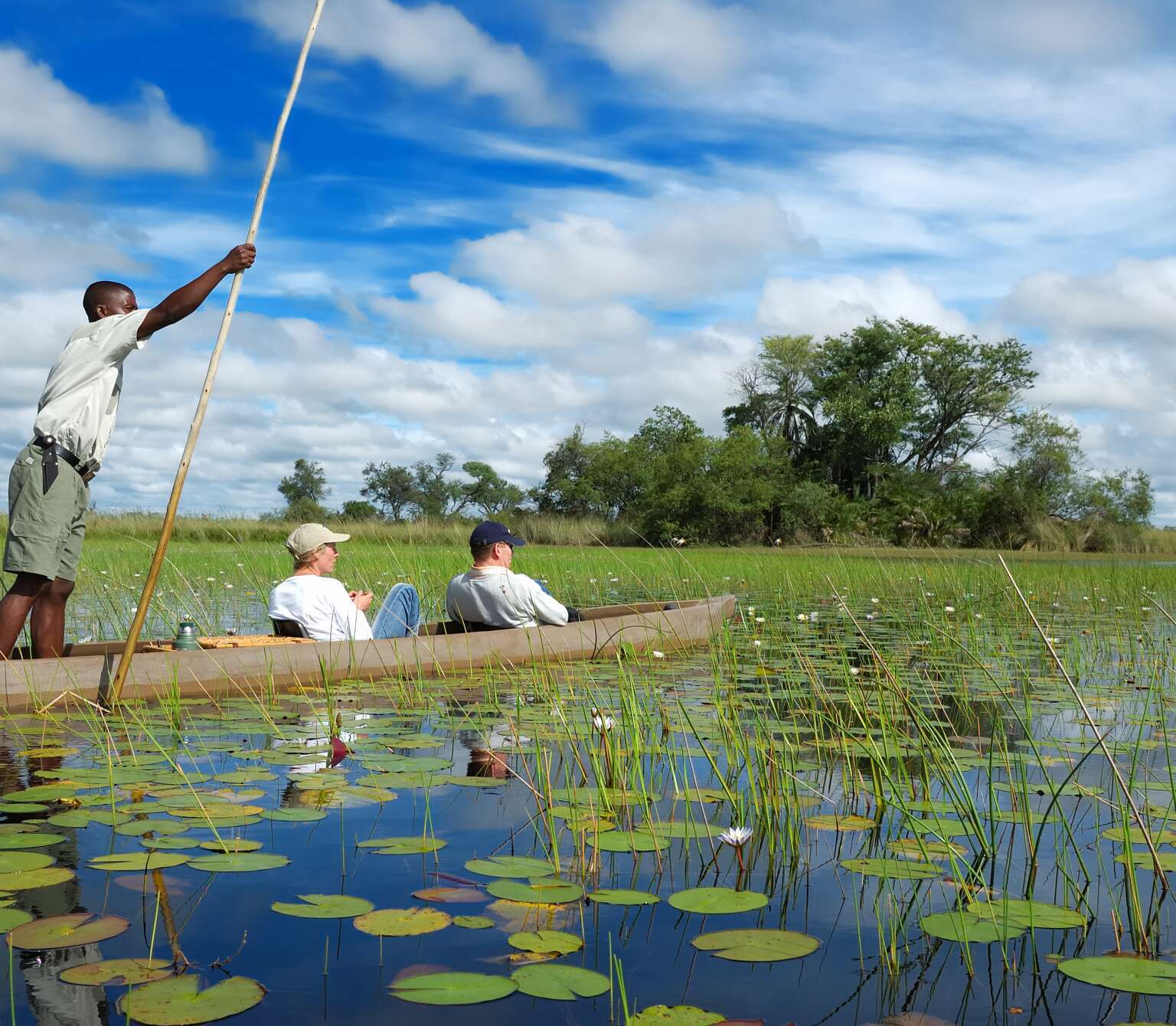
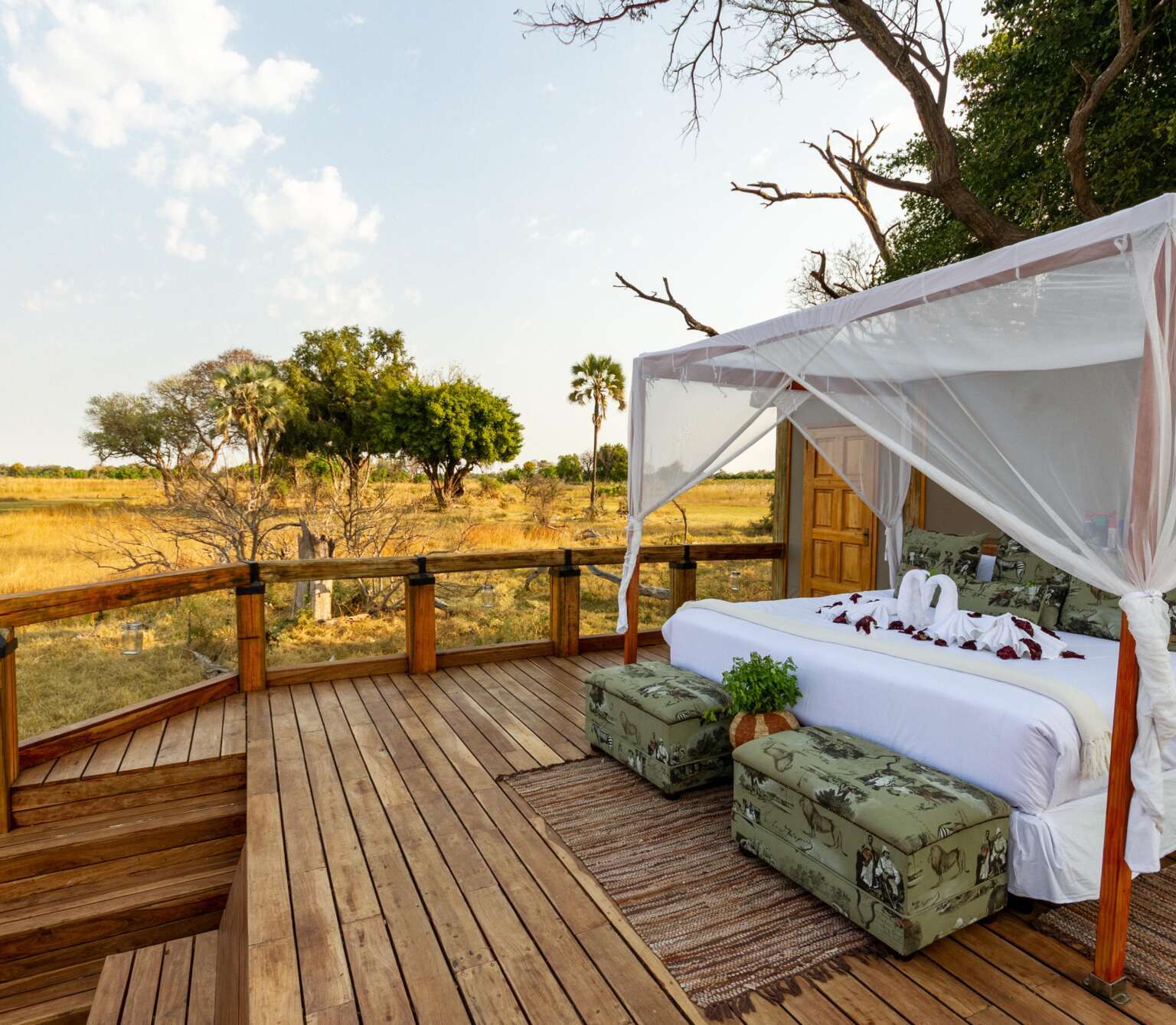





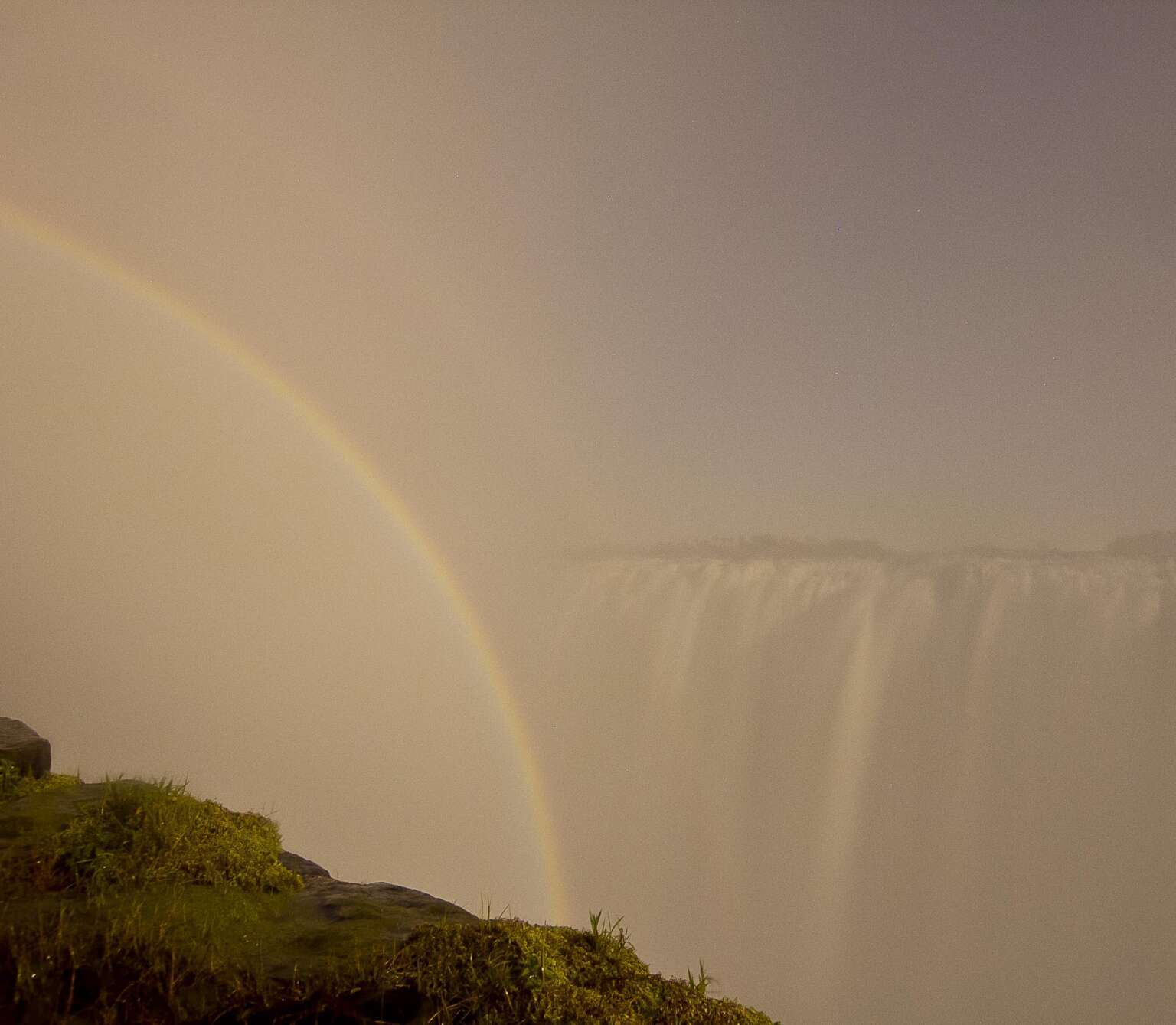
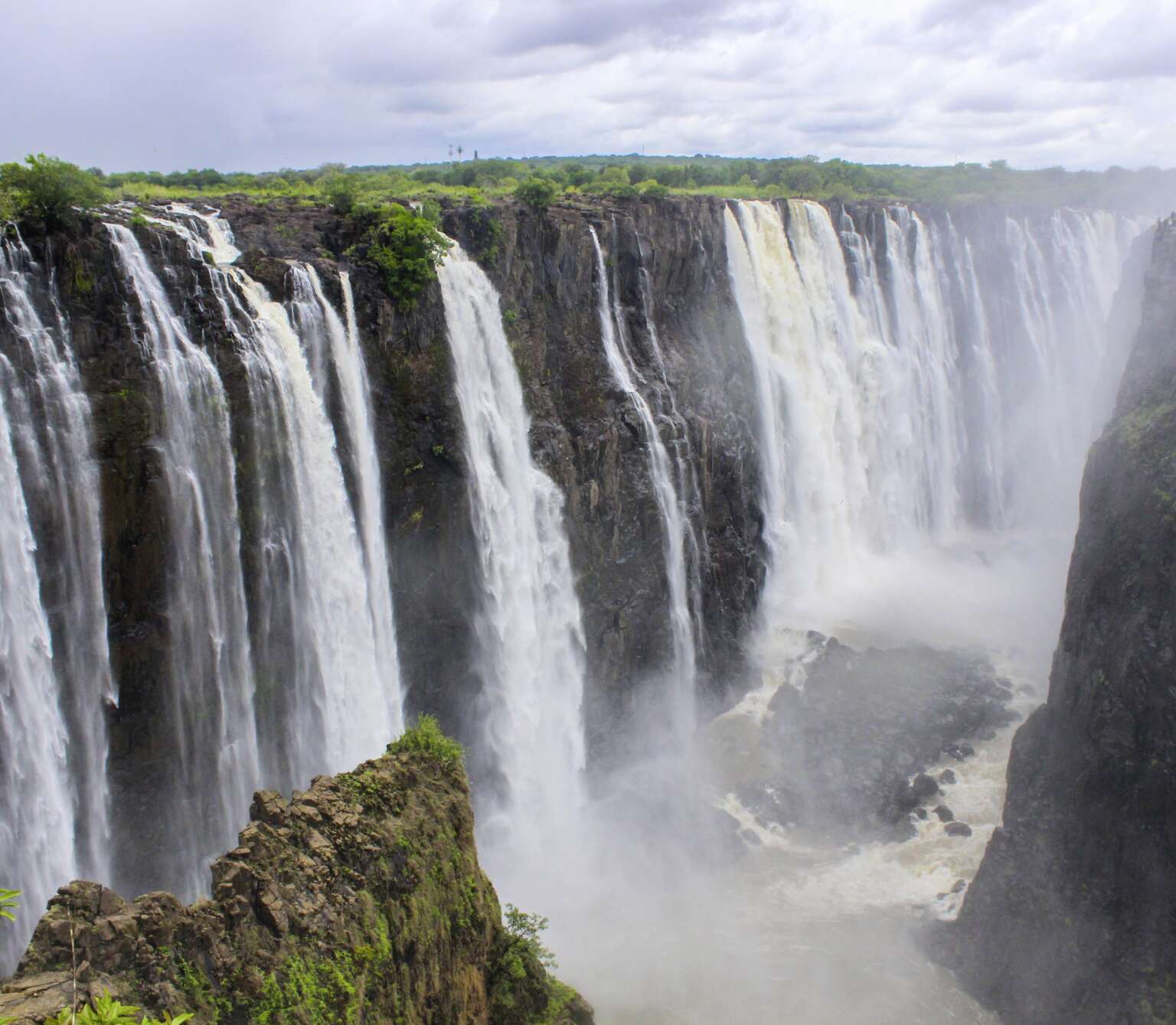
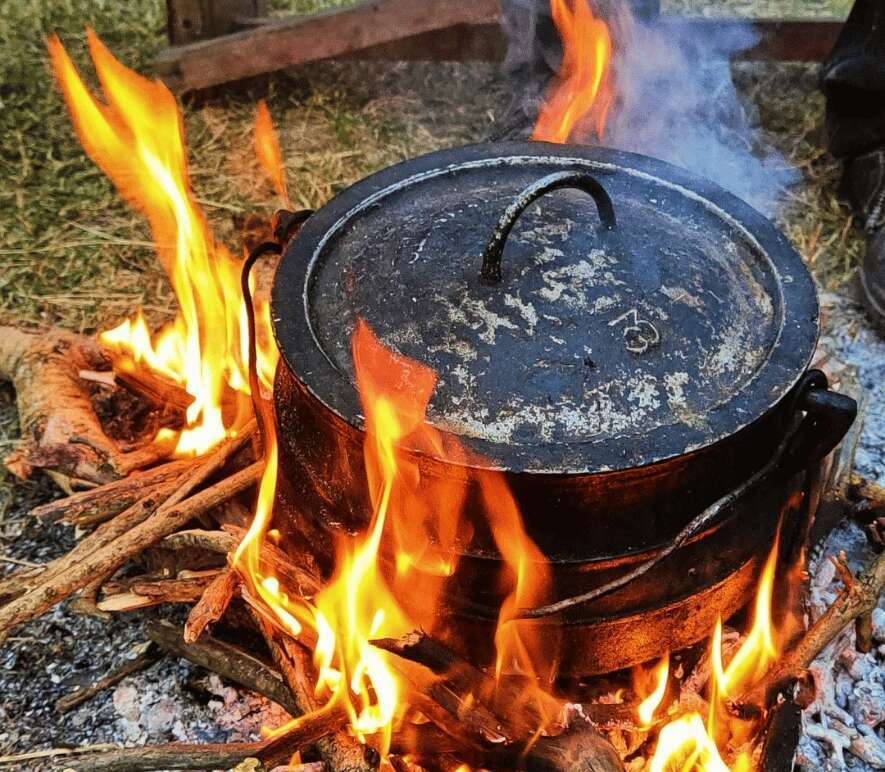

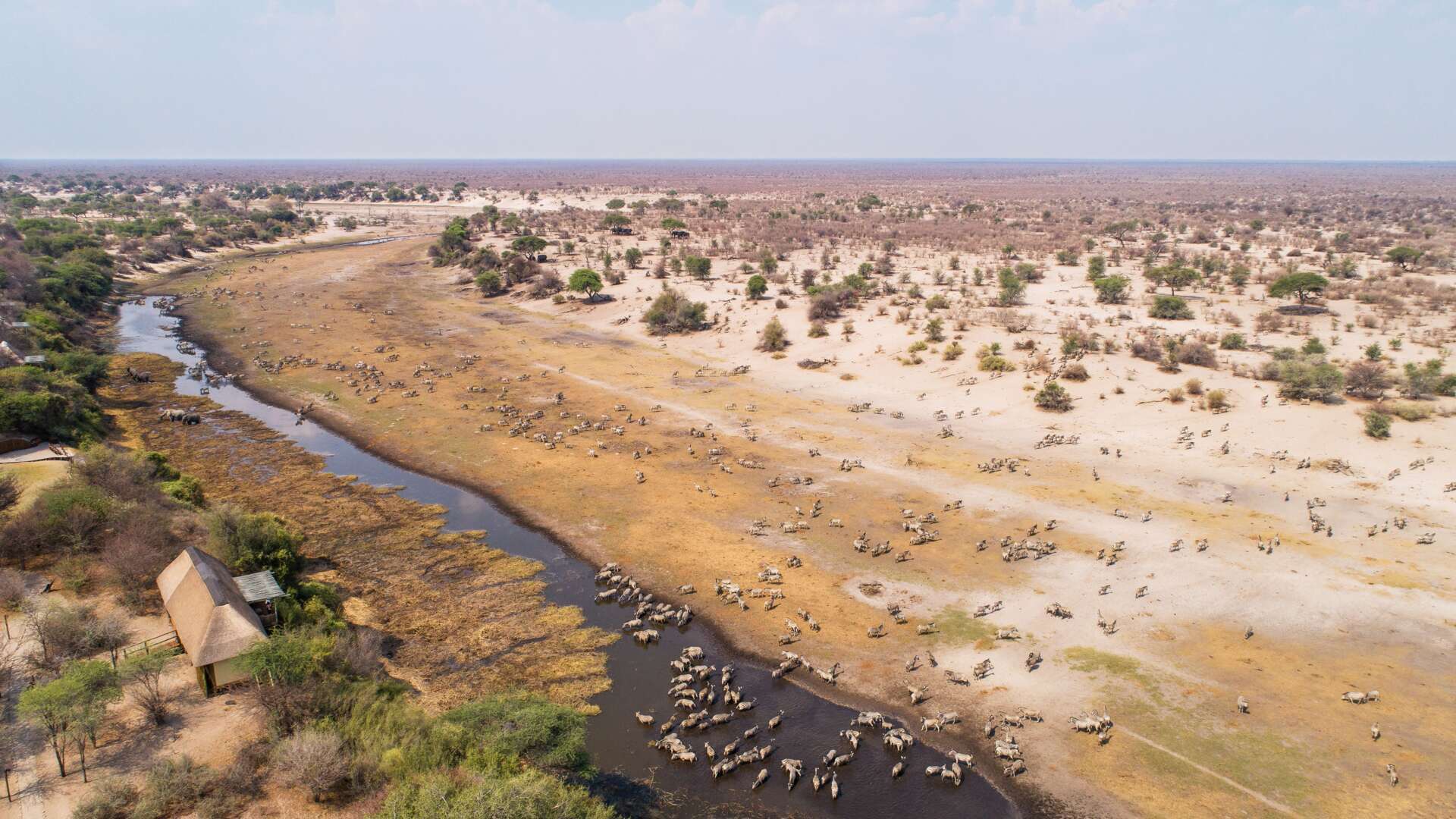


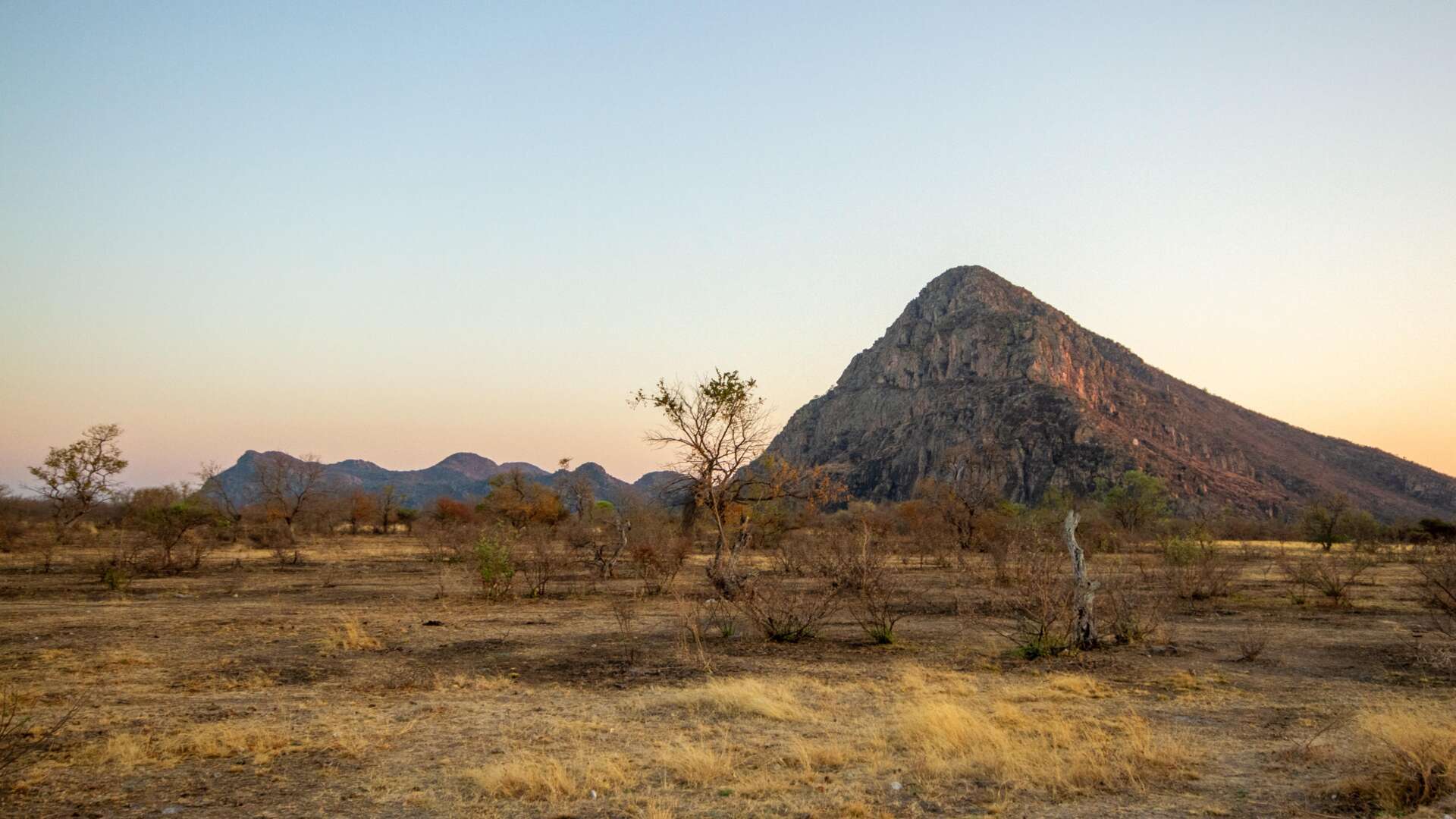

_w=24_h=25.png?v=0711214b111132f9ec4aa60f03855b0564f12bfc)
_w=24_h=25.png?v=0711214b111132f9ec4aa60f03855b0564f12bfc)
_w=24_h=25.png?v=0711214b111132f9ec4aa60f03855b0564f12bfc)